Image of 1970 Chevrolet Nova, Note: These illustrations use artistic license and may differ from actual historical models.
Performance Metrics
Fundamental Metrics
Emotional Appeal
MMP Rating
| Engine Specifications | |
|---|---|
| Engine Options: | 230 CID I6, 250 CID I6, 307 CID V8, 350 CID V8, 396 CID V8 |
| Displacement Range: | 230-396 cubic inches |
| Horsepower Range: | 140-375 hp |
| Torque: | 220-415 lb-ft |
| Compression Ratio: | Ranges from 8.5:1 to 11.0:1 |
| Ignition System: | Conventional breaker-point ignition system |
| Cooling System: | Liquid-cooled |
| Performance Specifications | |
| 0-60 Time: | 6.5-8 seconds |
| 1/4 Mile Time: | 14-16 seconds |
| Top Speed: | 120-130 mph |
| Transmission and Drive | |
| Drive Type: | Rear-wheel drive |
| Transmission Type: | 3-speed manual, 4-speed manual, 2-speed Powerglide automatic, 3-speed Turbo-Hydramatic automatic |
| Fuel and Efficiency | |
| Fuel System Type: | Carburetor |
| MPG: | 10-15 mpg |
| Dimensions and Brakes | |
| Brakes: | Front disc brakes and rear drum brakes were standard |
| Wheelbase: | 111 inches |
| Weight: | 3,200-3,500 lbs |
Note: Specifications for classic cars are given to the best of our ability, considering the limited and variant data available.
1970 Chevrolet Nova: A Testament to Muscle Car Legacy
The 1970 Chevrolet Nova stands as a testament to the era of American muscle, a period when horsepower and bold designs ruled the automotive world. Born from the fervor of Detroit's most competitive years, the Nova emerged as a beacon of performance and style. Chevrolet, a division of General Motors, crafted this model with an eye on the youth market, aiming to capture the hearts of those seeking both power and affordability. The Nova's unique fact that stirs the interest is its transition from a modest compact to a muscle car icon, especially with the introduction of the SS package.
Design and Innovation
The exterior styling of the 1970 Nova was both aggressive and understated. Its lines were sharper compared to its predecessors, with a more pronounced grille and semi-fastback roofline that hinted at its performance capabilities. Inside, the vehicle boasted a functional and straightforward layout, focusing on driver comfort and control. Materials ranged from durable vinyl to plush cloth, depending on trim levels. Technologically, it featured advancements like optional power brakes and steering, enhancing its appeal.
Color options for the 1970 Nova were vibrant and plentiful, with hues like Cranberry Red and Astro Blue catching buyers' eyes. Among these, Classic Copper and Shadow Gray became popular choices. The body styles included a two-door coupe, four-door sedan, and a two-door hatchback, with the coupe being particularly sought after for its sporty appeal.
Historical Significance
The 1970 Nova's impact on automotive design was significant as it bridged the gap between economy cars and muscle machines. It stood out with its ability to house powerful engines like the 396 cubic-inch big-block V8 in a compact frame—a feat that set it apart from many contemporaries. This adaptability cemented its lasting influence on performance car design.
Performance and Handling
Performance-wise, equipped with the top-tier engine options such as the SS 396, the Nova could achieve 0-60 mph in under 7 seconds—a remarkable feat at that time. Its top speed flirted with the 130 mph mark when properly equipped. Handling was nimble for a muscle car; it managed bumps adequately and remained stable through windy conditions. The driving experience was visceral—the roar of the engine, the firmness of the ride, and an engaging connection between driver and machine.
Ownership Experience
The 1970 Nova served various roles from being a reliable daily driver to gracing car shows or tearing down drag strips in racing configurations. Maintenance was relatively straightforward due to its simple design and shared components with other GM models. Reliability was a strong suit but depended heavily on engine choice and care by previous owners.
Fun Facts
A few fun facts about this classic include rare editions like the Yenko Deuce Novas which were dealer-modified for enhanced performance. Celebrity ownerships have also added to its allure over time. Criticisms typically revolved around rust issues common in vehicles of this era but did little to dampen enthusiasm among enthusiasts.
Collector's Information
Today's collector market values a well-maintained or expertly restored 1970 Nova highly; prices can range widely from $20,000 for an average condition model up to $70,000 or more for pristine examples or rarer configurations like the SS models. Production numbers were substantial but finding one in excellent condition is becoming increasingly difficult due to age and attrition.
Conclusion
The 1970 Chevrolet Nova remains an emblematic figure in muscle car history—a compact powerhouse that delivered performance far beyond its modest roots. It's a vehicle that continues to captivate classic car enthusiasts around the globe with its simplicity, capability, and undeniable charm.
1970 Chevrolet Nova Catalog of Parts
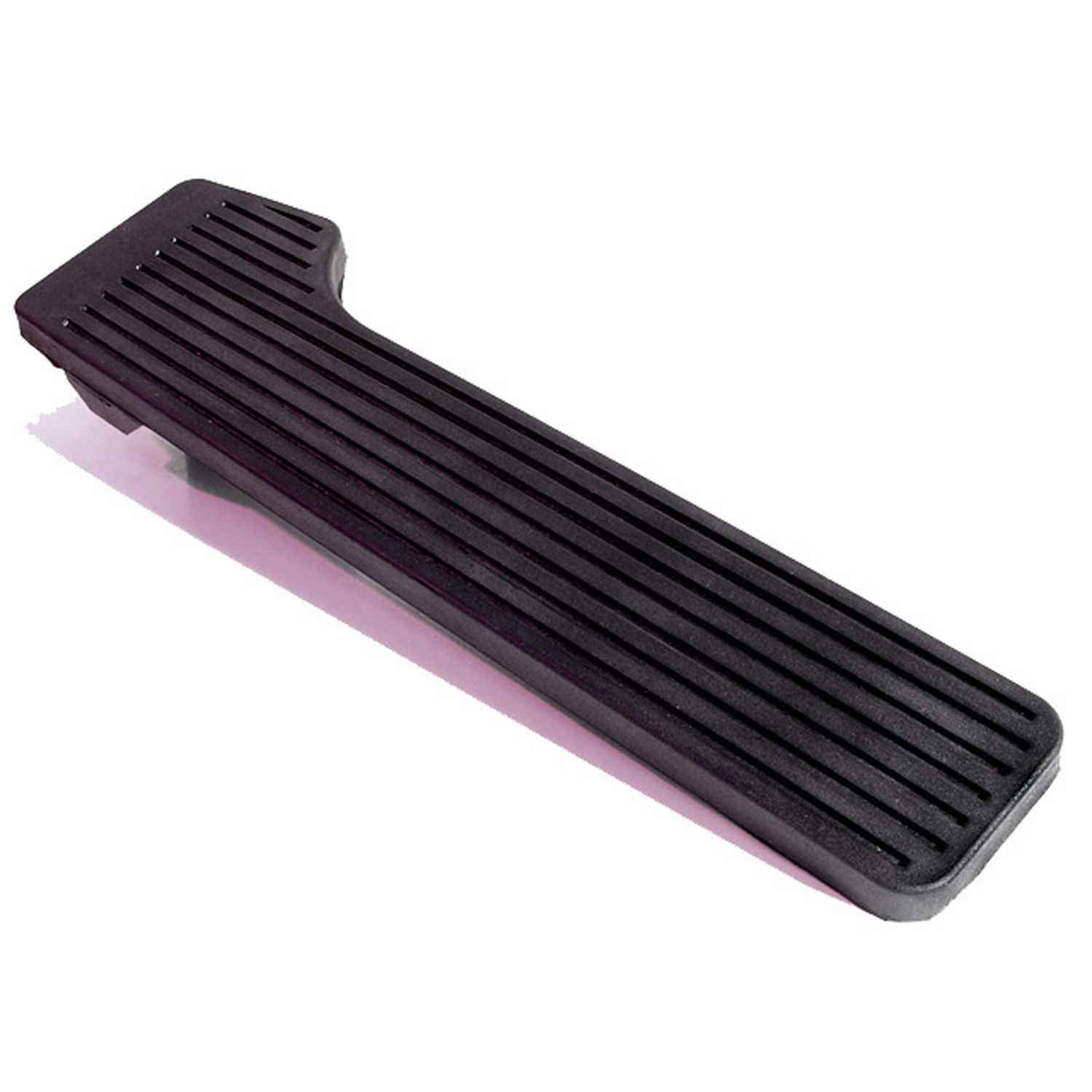 1970 Chevrolet Nova Accelerator Pedal Pad with flange-AP 31-AAccelerator Pedal Pad with flange, made of rubber with steel core. Also
1970 Chevrolet Nova Accelerator Pedal Pad with flange-AP 31-AAccelerator Pedal Pad with flange, made of rubber with steel core. Also 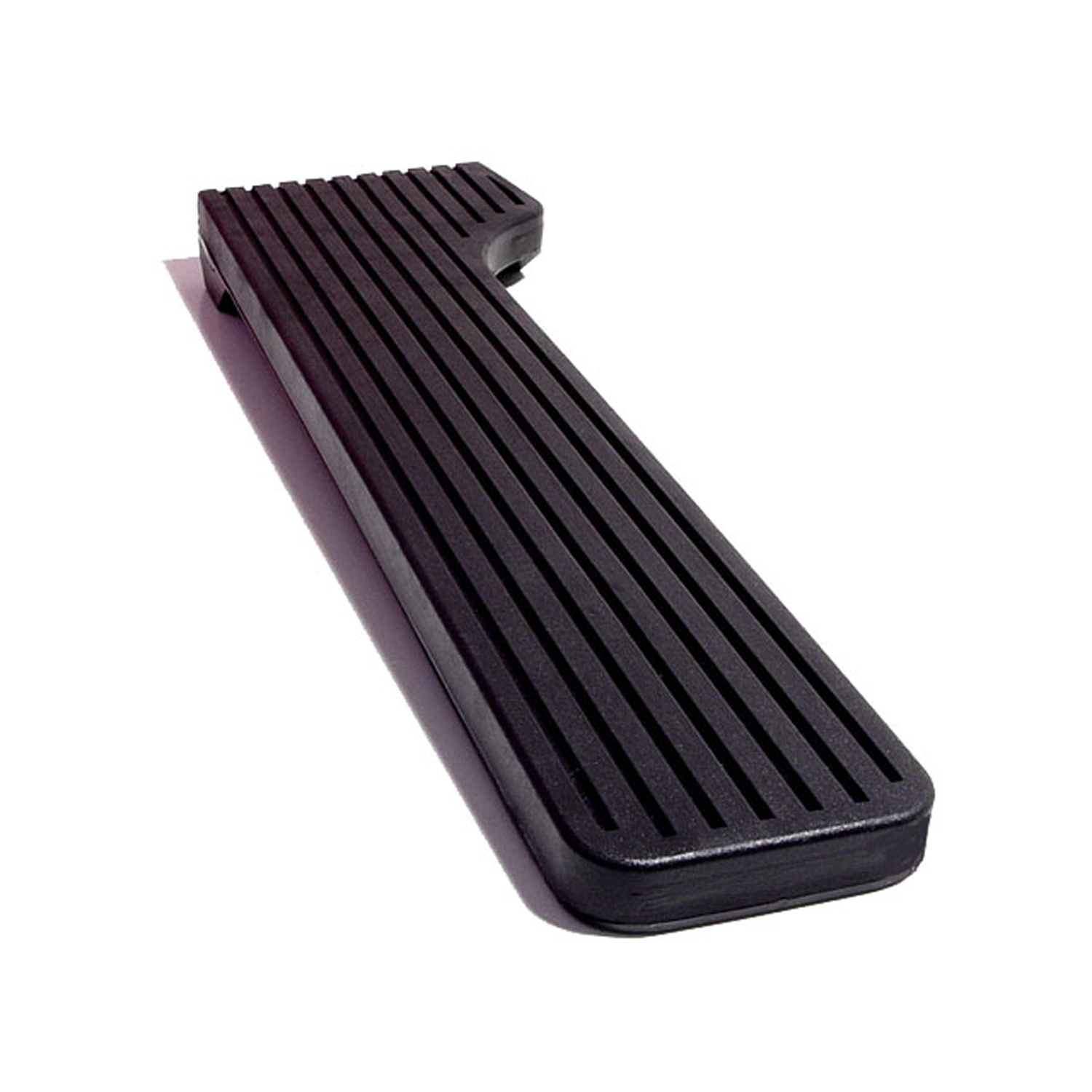 1970 Chevrolet Nova Accelerator Pedal Pad without flange-AP 31-BAccelerator Pedal Pad without flange, made of rubber with steel core. Also
1970 Chevrolet Nova Accelerator Pedal Pad without flange-AP 31-BAccelerator Pedal Pad without flange, made of rubber with steel core. Also 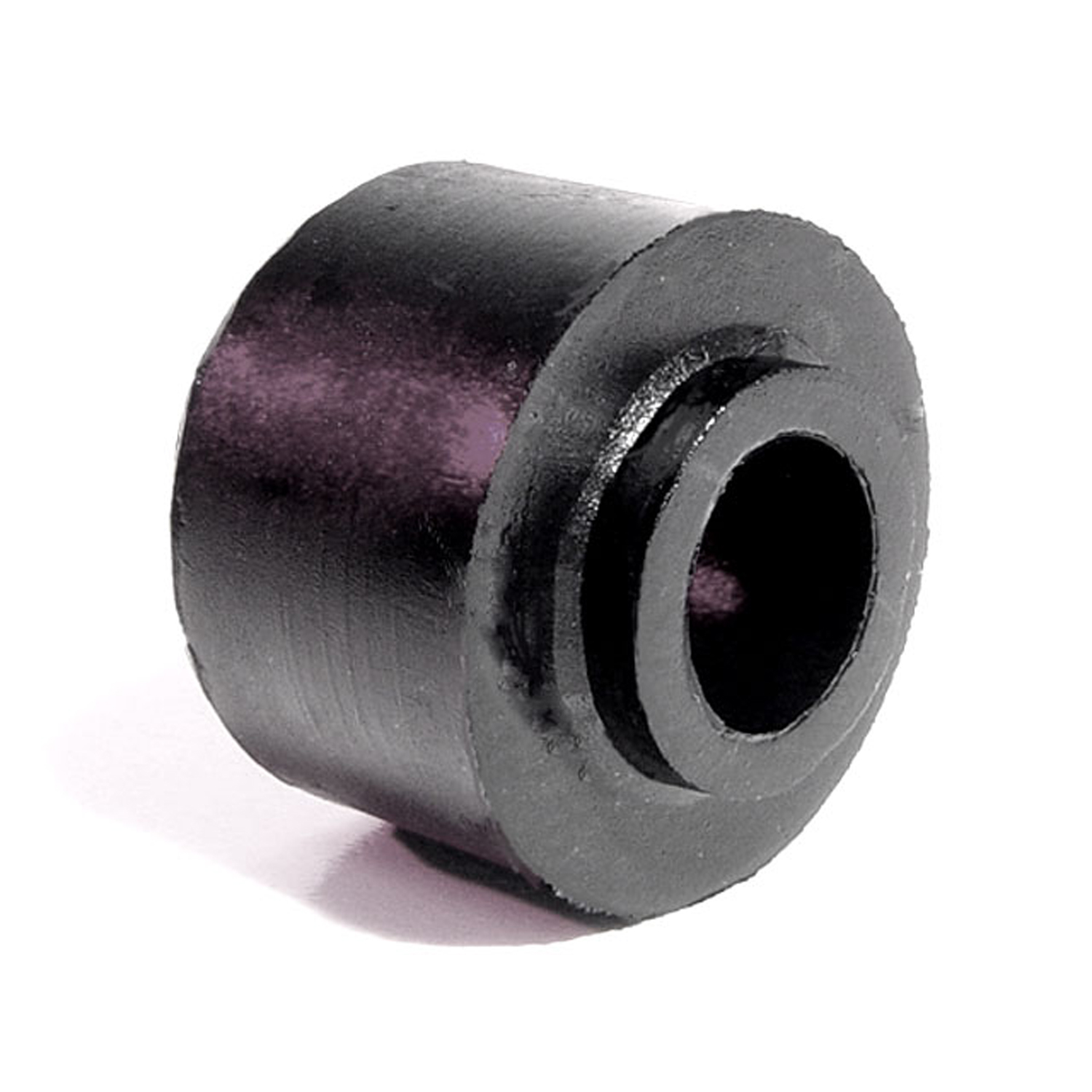 1970 Chevrolet Nova Shock Absorber Grommet. 1" bottom O.D., 3/4" high-BN 1Shock Absorber Grommet. 1" bottom O.D., 3/4" high., with 7/16" I.D. Each
1970 Chevrolet Nova Shock Absorber Grommet. 1" bottom O.D., 3/4" high-BN 1Shock Absorber Grommet. 1" bottom O.D., 3/4" high., with 7/16" I.D. Each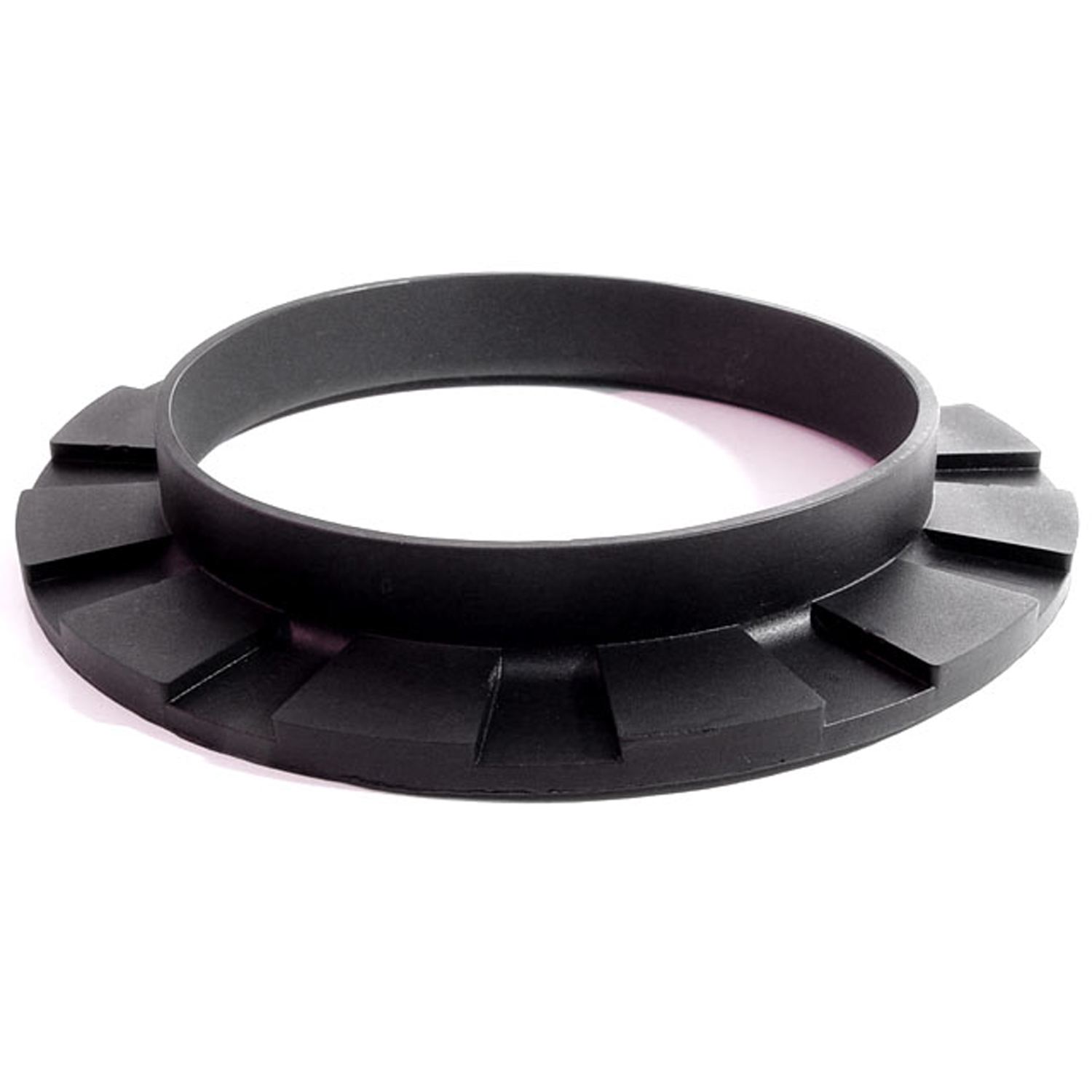 1970 Chevrolet Nova Front coil-spring insulator-BN 110Front coil-spring insulator. Fits '41-'60 Oldsmobile and '50-'83 GM passenger models. 5-3/8 in. OD x 3-3/4 in. ID x 3/4 in. high with 13/16 in. wide bottom flange 1/4" thick, 12 flutes. Each.
1970 Chevrolet Nova Front coil-spring insulator-BN 110Front coil-spring insulator. Fits '41-'60 Oldsmobile and '50-'83 GM passenger models. 5-3/8 in. OD x 3-3/4 in. ID x 3/4 in. high with 13/16 in. wide bottom flange 1/4" thick, 12 flutes. Each.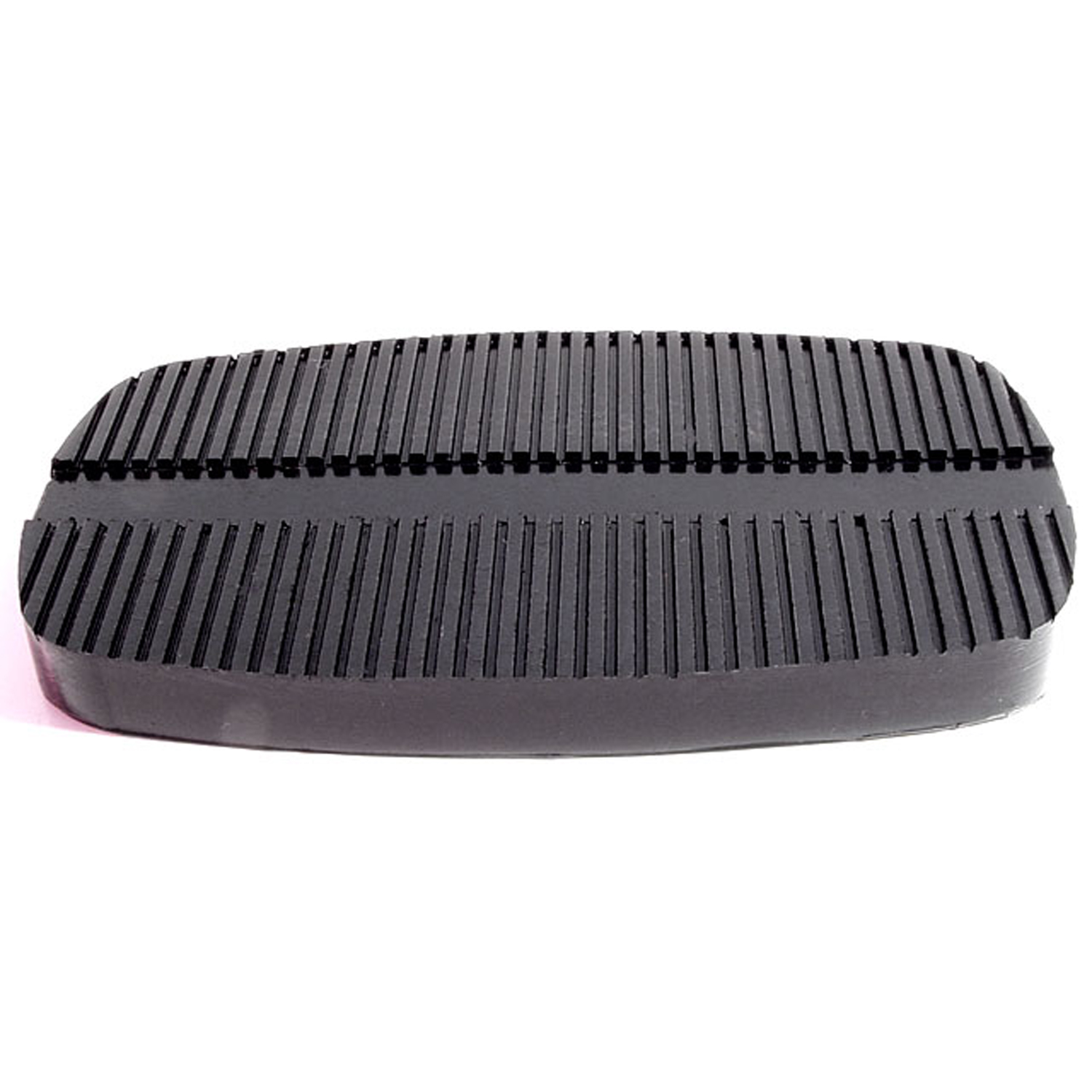 1970 Chevrolet Nova Brake Pedal Pad-CB 101-ABrake Pedal Pad. For power brakes or automatic transmissions. 4-3/4" wide X 2-3/4' long. Each
1970 Chevrolet Nova Brake Pedal Pad-CB 101-ABrake Pedal Pad. For power brakes or automatic transmissions. 4-3/4" wide X 2-3/4' long. Each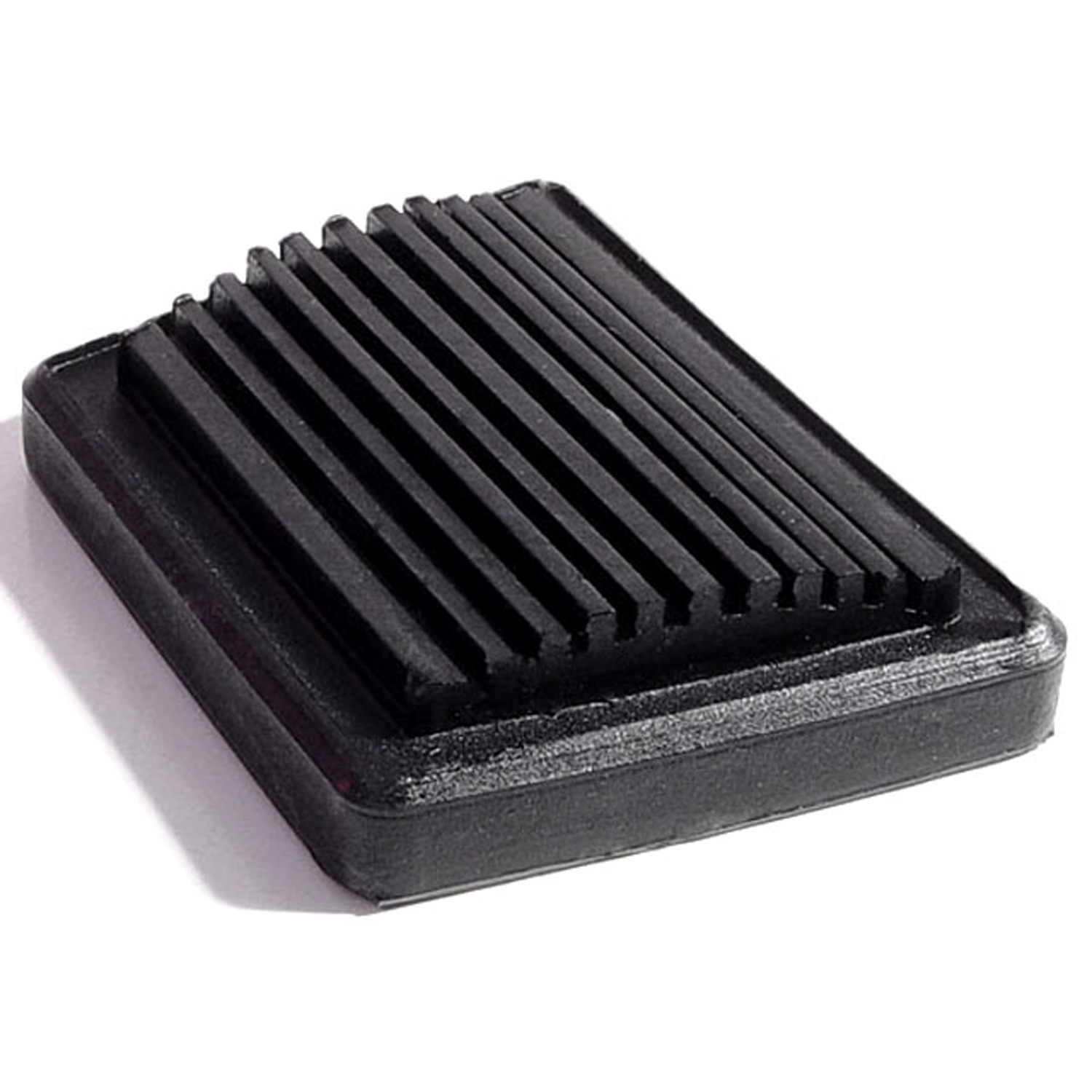 1970 Chevrolet Nova Park Brake Pedal Pad. 2-9/16" wide. Each-CB 99-APark Brake Pedal Pad. 2-9/16" wide. Each
1970 Chevrolet Nova Park Brake Pedal Pad. 2-9/16" wide. Each-CB 99-APark Brake Pedal Pad. 2-9/16" wide. Each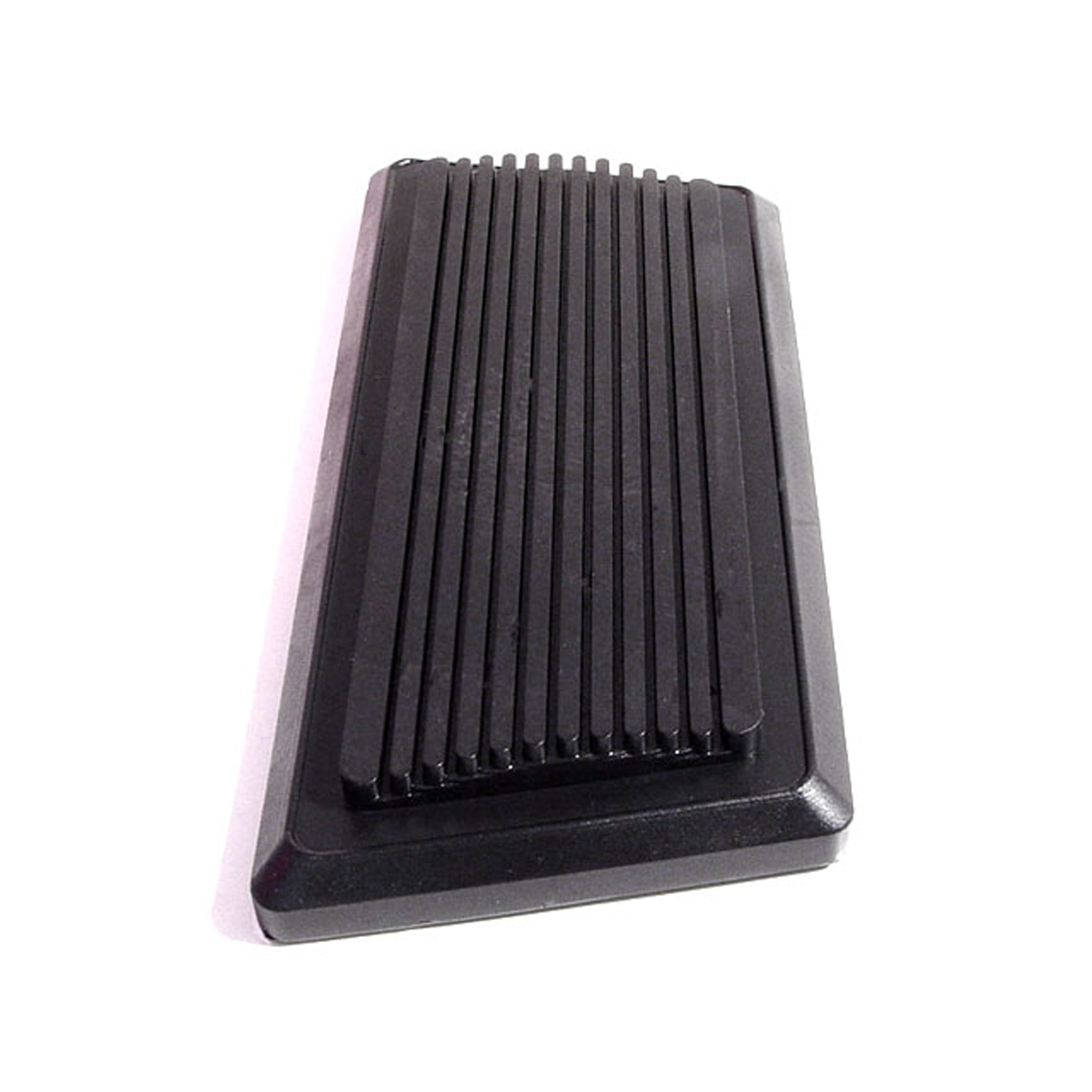 1970 Chevrolet Nova Auto Brake Pedal Pad. 5-7/8" wide. Each-CB 99-BAuto Brake Pedal Pad. 5-7/8" wide. Each
1970 Chevrolet Nova Auto Brake Pedal Pad. 5-7/8" wide. Each-CB 99-BAuto Brake Pedal Pad. 5-7/8" wide. Each 1970 Chevrolet Nova Hood to Cowl Seal, '68-'79 GM X Body, Each-CS 2-FHood to Cowl Seal, '68-'79 GM X Body, 43-1/4" Long, Each.
1970 Chevrolet Nova Hood to Cowl Seal, '68-'79 GM X Body, Each-CS 2-FHood to Cowl Seal, '68-'79 GM X Body, 43-1/4" Long, Each. 1970 Chevrolet Nova Door, Hood and Trunk Bumper Cap for adjustment bolt-HA 5Door, Hood and Trunk Bumper Cap for adjustment bolt. 7/8" diameter X 7/16" thick. Each
1970 Chevrolet Nova Door, Hood and Trunk Bumper Cap for adjustment bolt-HA 5Door, Hood and Trunk Bumper Cap for adjustment bolt. 7/8" diameter X 7/16" thick. Each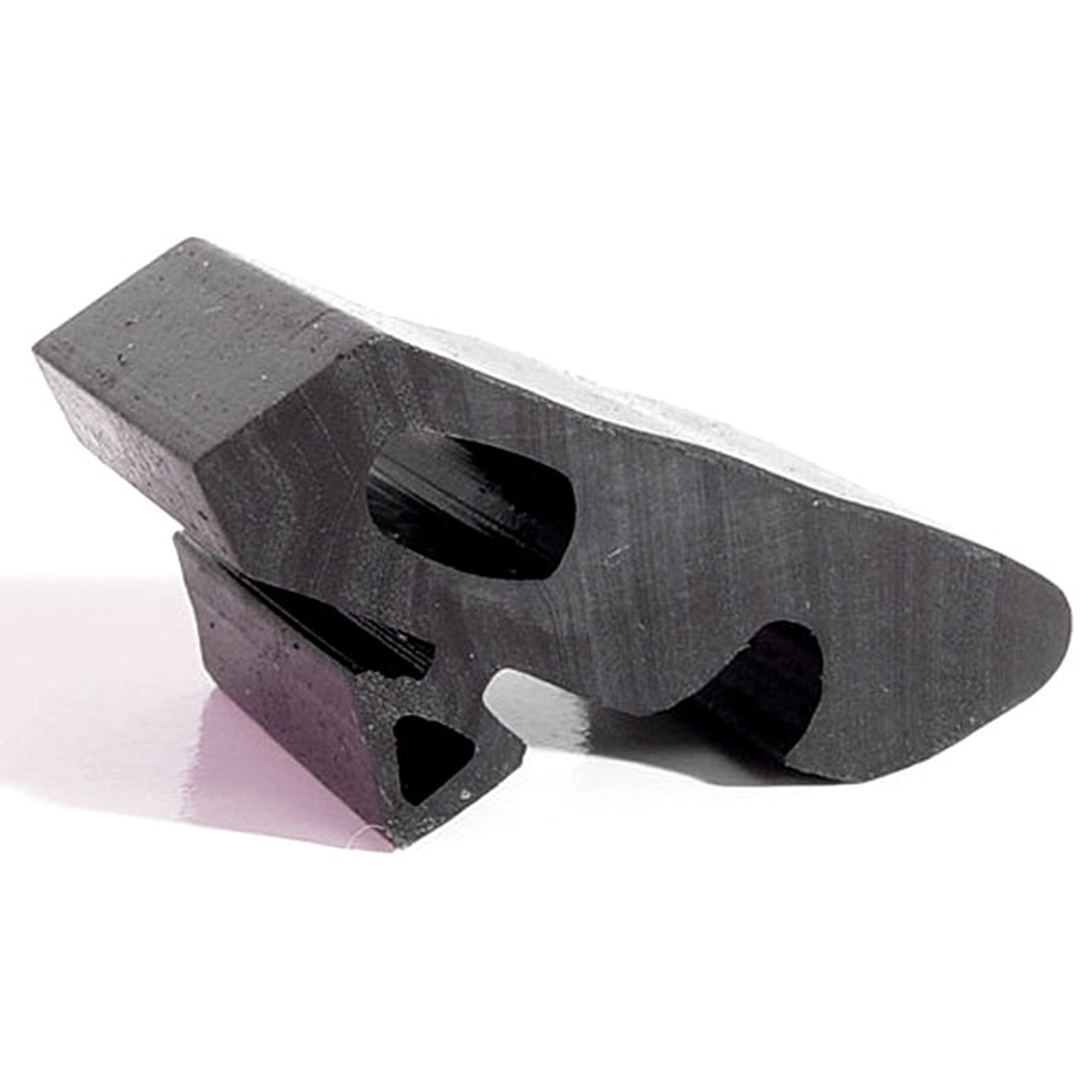 1970 Chevrolet Nova Hood Bumper. Each-HF 4Hood Bumper. Each
1970 Chevrolet Nova Hood Bumper. Each-HF 4Hood Bumper. Each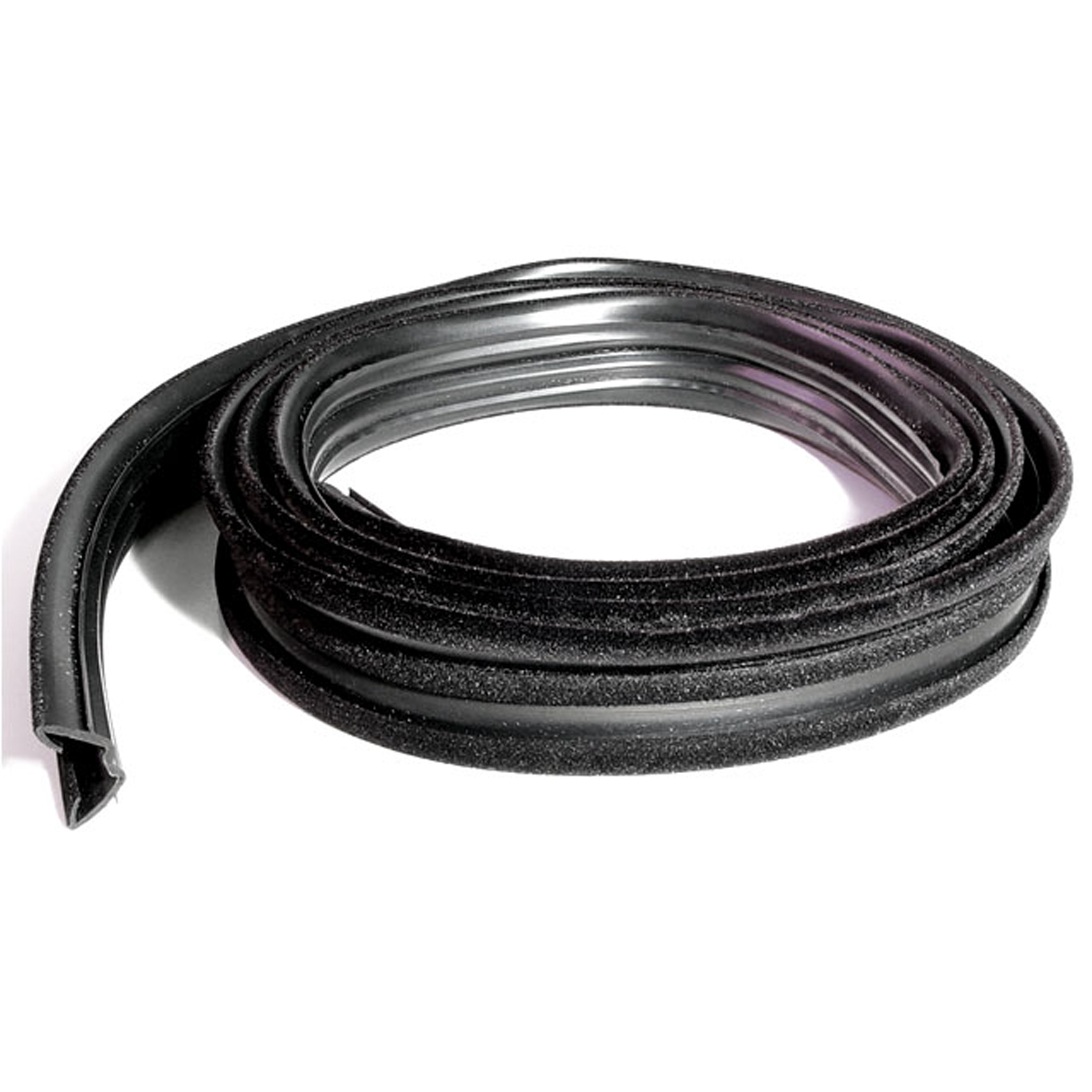 1970 Chevrolet Nova Window Glass Run Channel (Imported). 96" long. Each-IS-GR 17Window Glass Run Channel (Imported). 96" long. Each
1970 Chevrolet Nova Window Glass Run Channel (Imported). 96" long. Each-IS-GR 17Window Glass Run Channel (Imported). 96" long. Each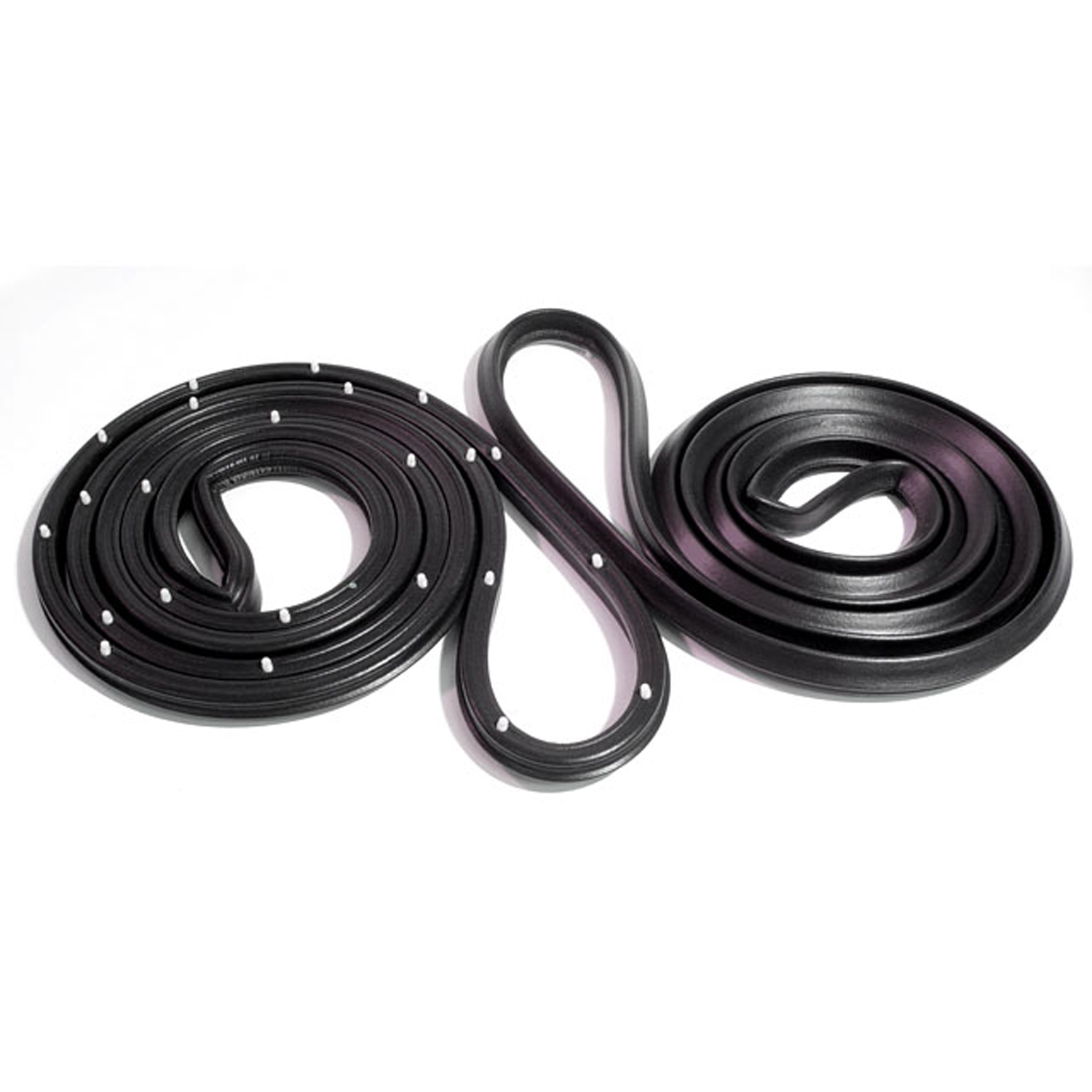 1970 Chevrolet Nova Molded Door Seals, for 2-door sedans. Pair R&L-LM 12-KMolded Door Seals, for 2-door sedans. Pair R&L
1970 Chevrolet Nova Molded Door Seals, for 2-door sedans. Pair R&L-LM 12-KMolded Door Seals, for 2-door sedans. Pair R&L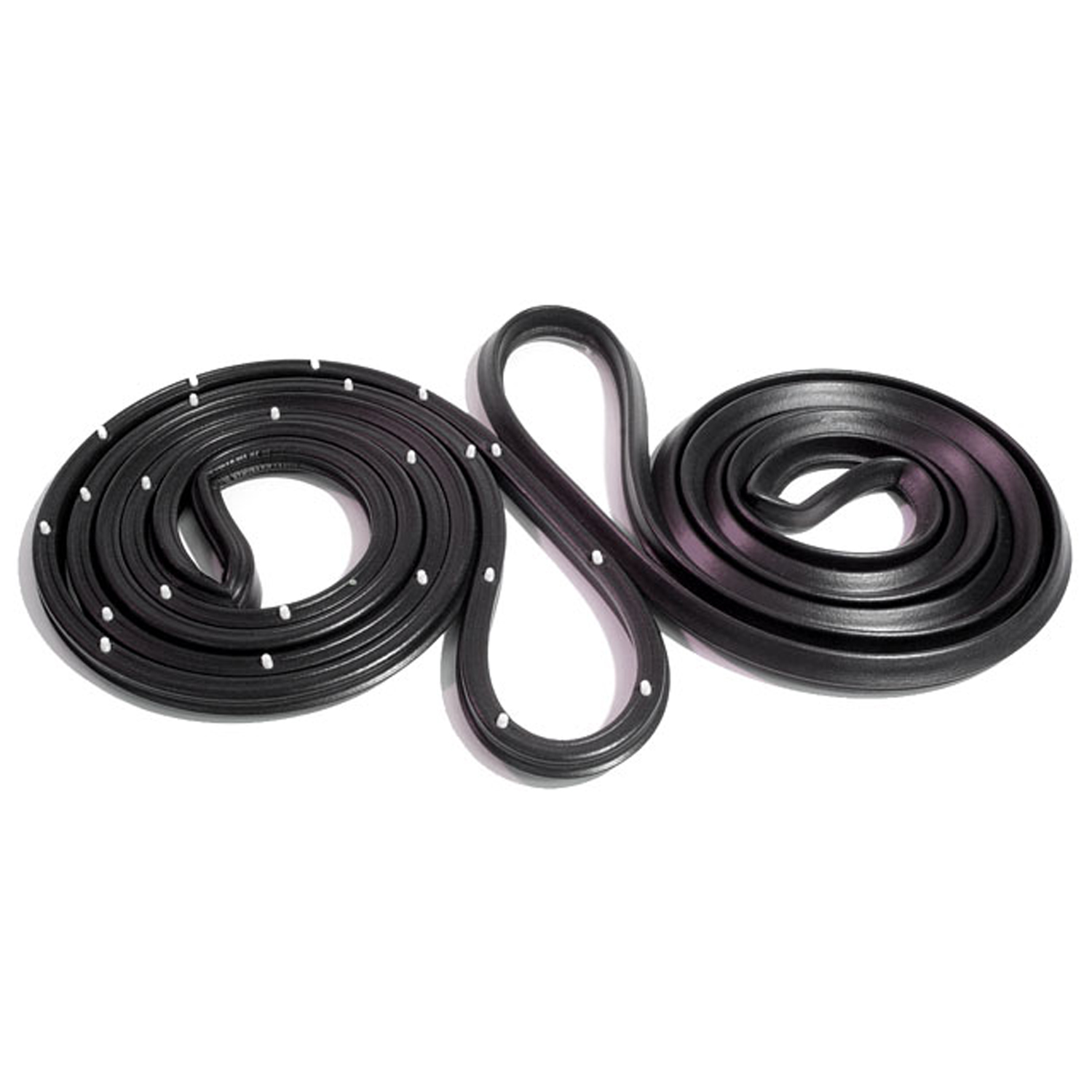 1970 Chevrolet Nova Front Molded Door Seals, with Clips. For 4-door sedan-LM 20-MFront Molded Door Seals, with Clips. For 4-door sedan. Pair R&L
1970 Chevrolet Nova Front Molded Door Seals, with Clips. For 4-door sedan-LM 20-MFront Molded Door Seals, with Clips. For 4-door sedan. Pair R&L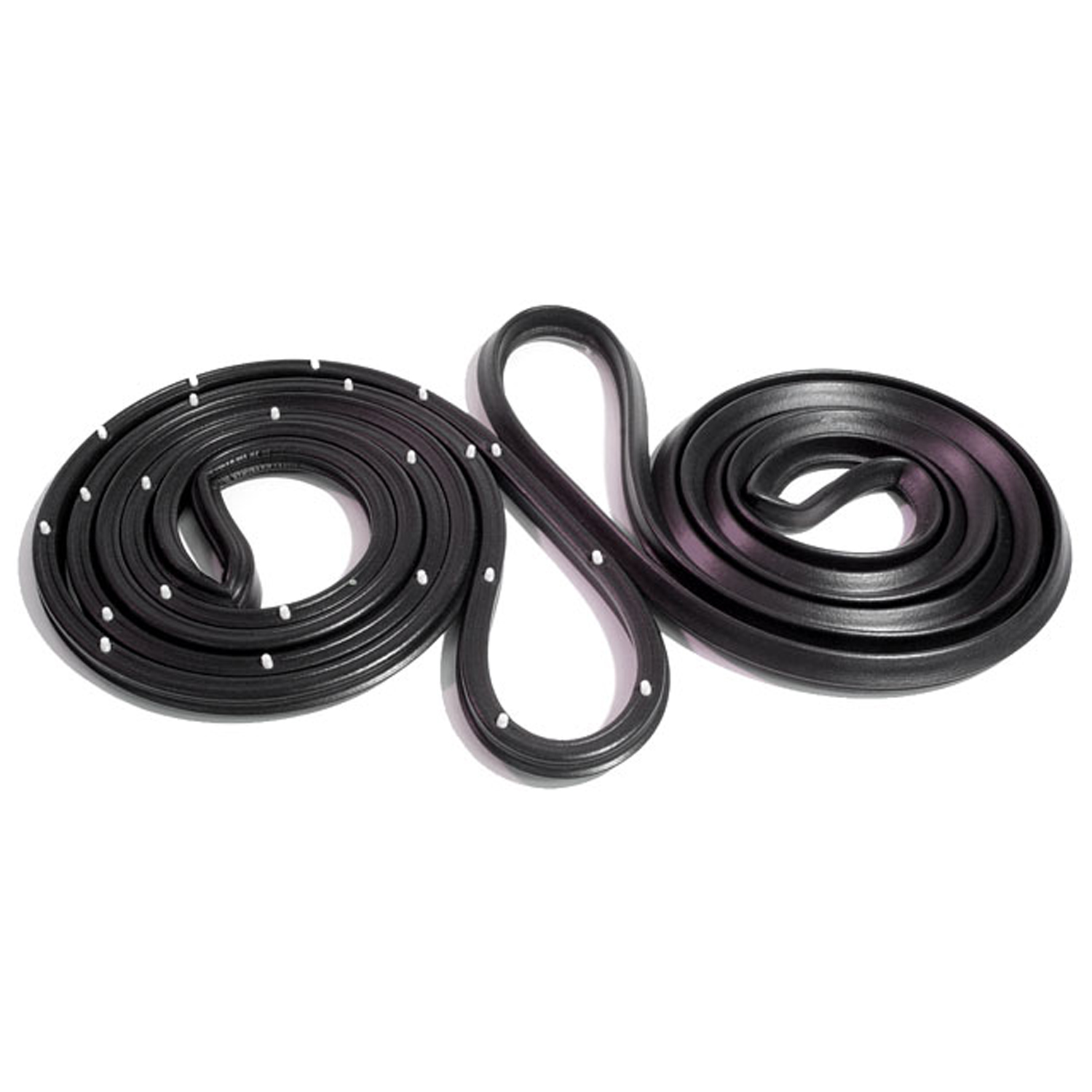 1970 Chevrolet Nova Rear Molded Door Seals, with Clips. For 4-door sedan-LM 20-M/RRear Molded Door Seals, with Clips. For 4-door sedan. Pair R&L
1970 Chevrolet Nova Rear Molded Door Seals, with Clips. For 4-door sedan-LM 20-M/RRear Molded Door Seals, with Clips. For 4-door sedan. Pair R&L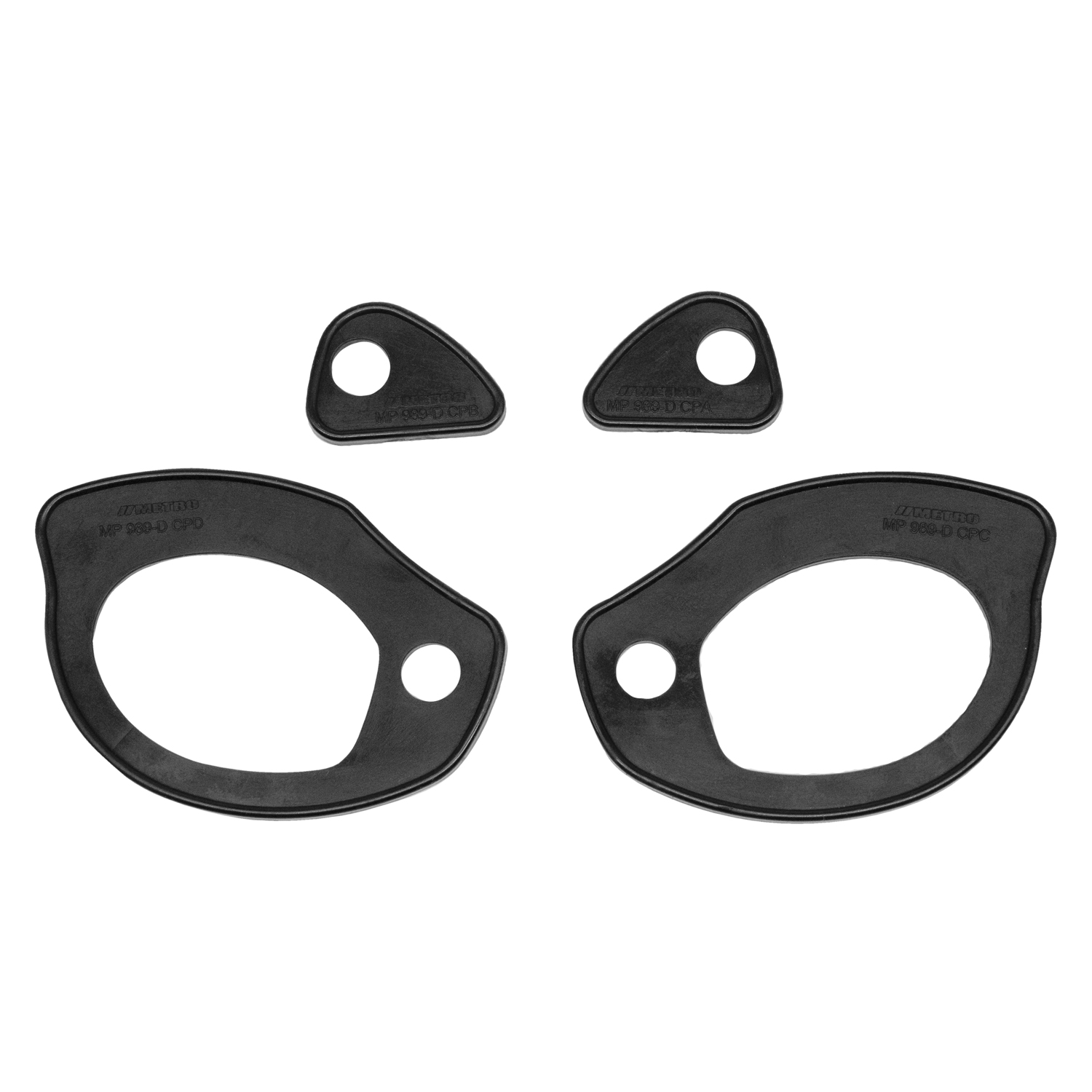 1970 Chevrolet Nova Door Handle Pads. 2-5/8" long & 1-1/8" long. Set R&L-MP 989-DDoor Handle Pads. 2-5/8" long & 1-1/8" long. Set R&L
1970 Chevrolet Nova Door Handle Pads. 2-5/8" long & 1-1/8" long. Set R&L-MP 989-DDoor Handle Pads. 2-5/8" long & 1-1/8" long. Set R&L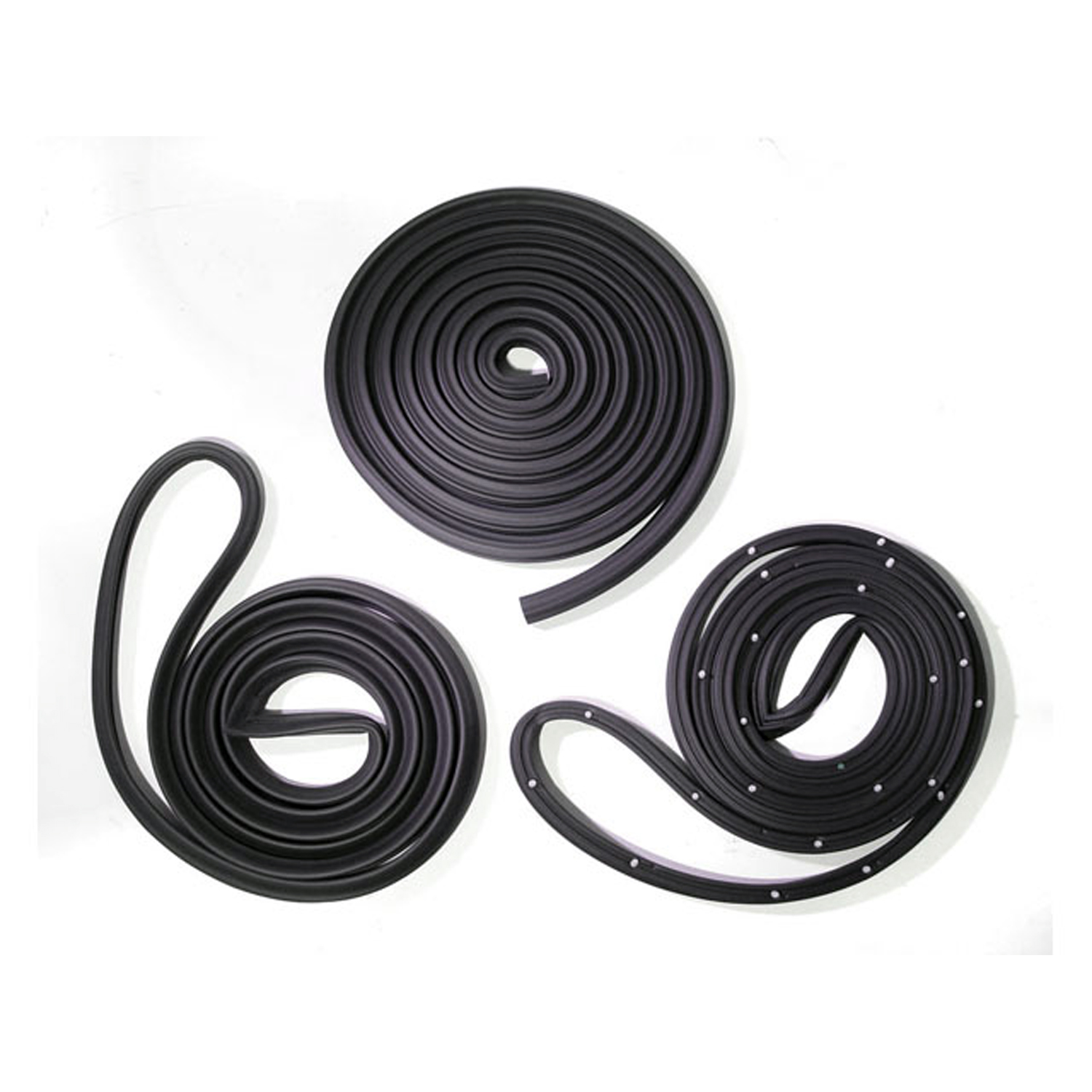 1970 Chevrolet Nova Basic Kit, for 2-Door Sedan-RKB 2002-105Basic Kit, for 2-Door Sedan. Door (LM 12-K) Trunk (TK 46-16), Seals.
1970 Chevrolet Nova Basic Kit, for 2-Door Sedan-RKB 2002-105Basic Kit, for 2-Door Sedan. Door (LM 12-K) Trunk (TK 46-16), Seals.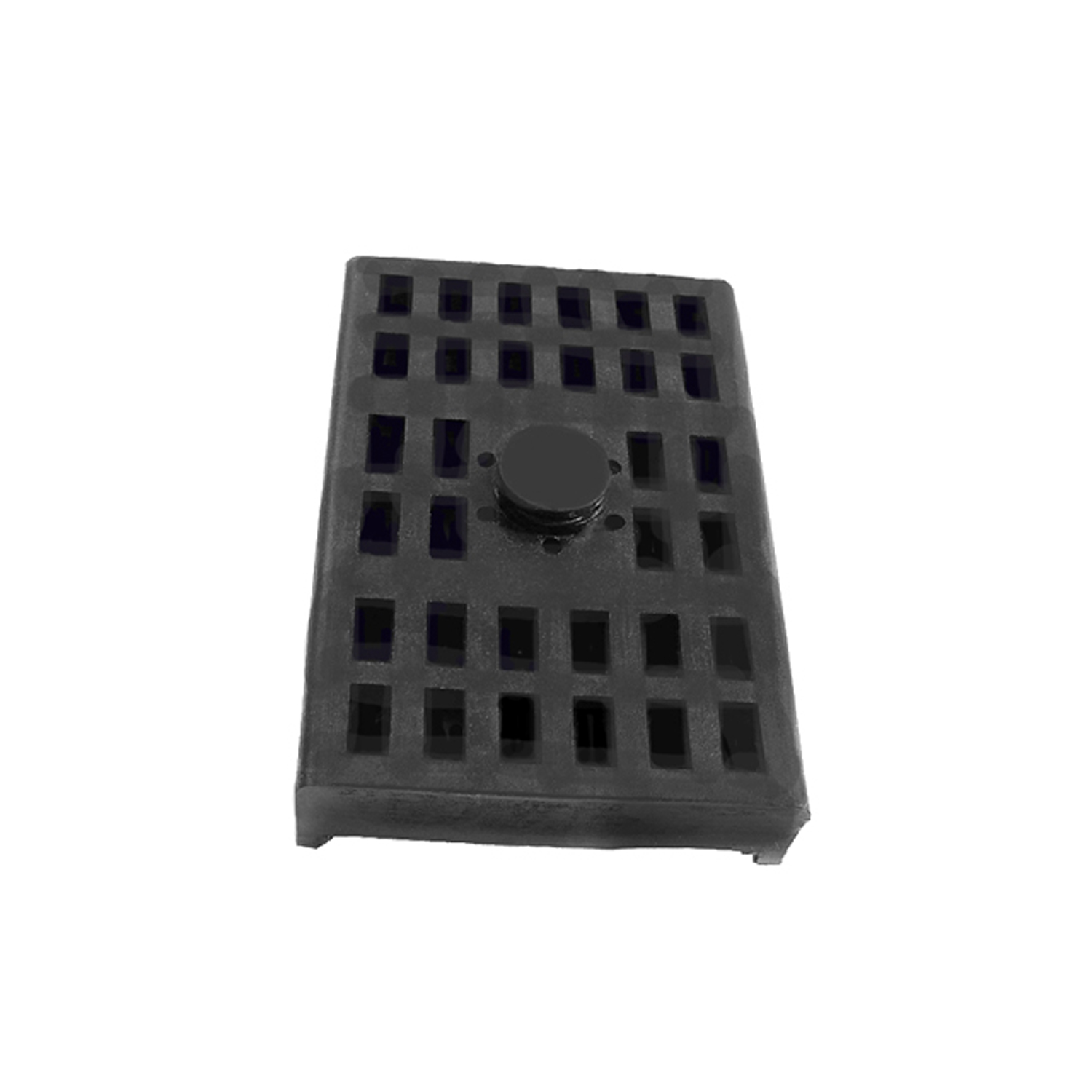 1970 Chevrolet Nova Multi Leaf Spring Pad. 4-1/4" X 2-3/4". Each-RP 23-NMulti Leaf Spring Pad. 4-1/4" X 2-3/4". Each
1970 Chevrolet Nova Multi Leaf Spring Pad. 4-1/4" X 2-3/4". Each-RP 23-NMulti Leaf Spring Pad. 4-1/4" X 2-3/4". Each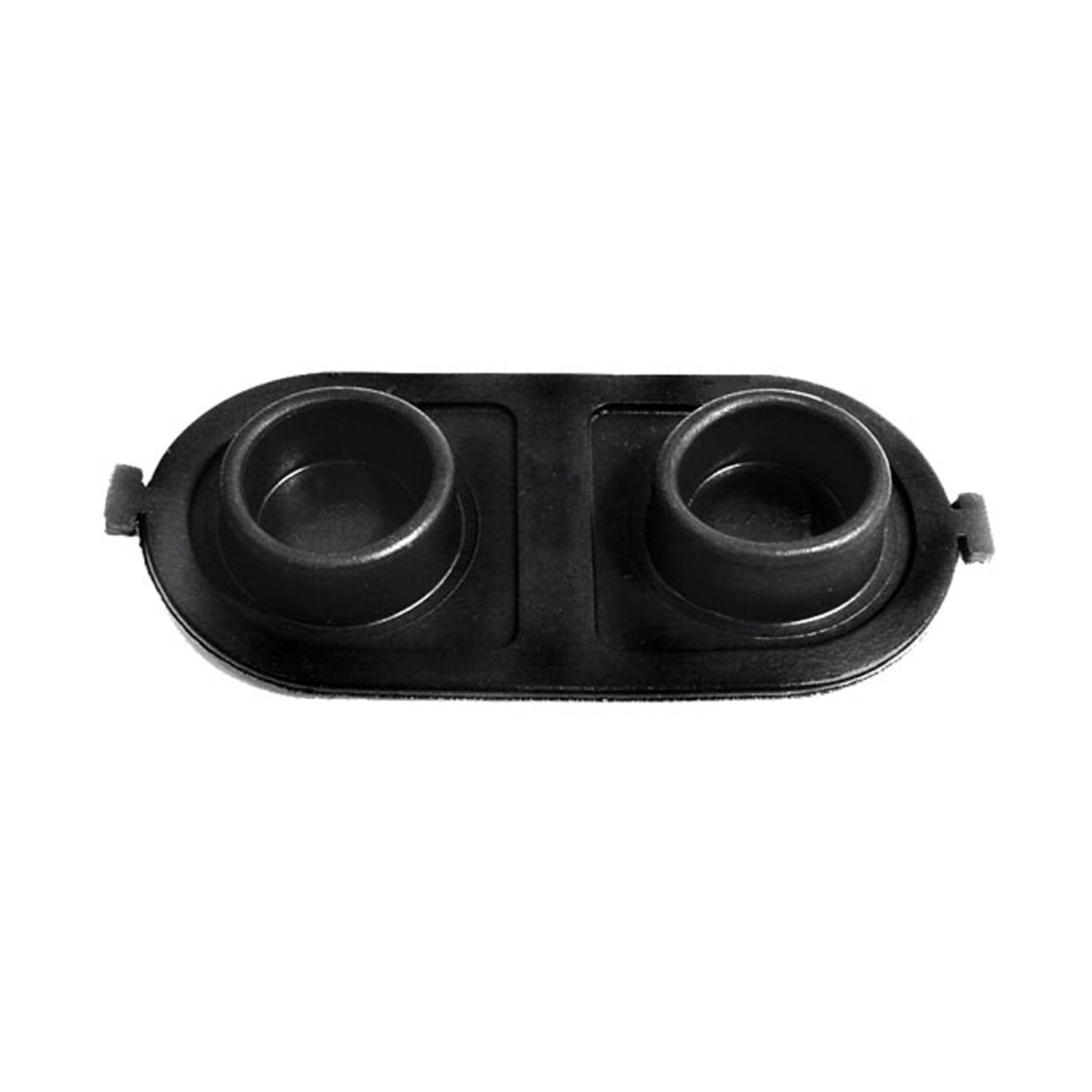 1970 Chevrolet Nova Brake Master Cylinder Cover Seal. Replaces OEM #5470861-RP 2-EBrake Master Cylinder Cover Seal. Replaces OEM #5470861. 5" X 2-1/2". Each
1970 Chevrolet Nova Brake Master Cylinder Cover Seal. Replaces OEM #5470861-RP 2-EBrake Master Cylinder Cover Seal. Replaces OEM #5470861. 5" X 2-1/2". Each 1970 Chevrolet Nova Sun Visor Support Sleeve. Clear plastic. Each-RP 303-ASun Visor Support Sleeve. Clear plastic. Each
1970 Chevrolet Nova Sun Visor Support Sleeve. Clear plastic. Each-RP 303-ASun Visor Support Sleeve. Clear plastic. Each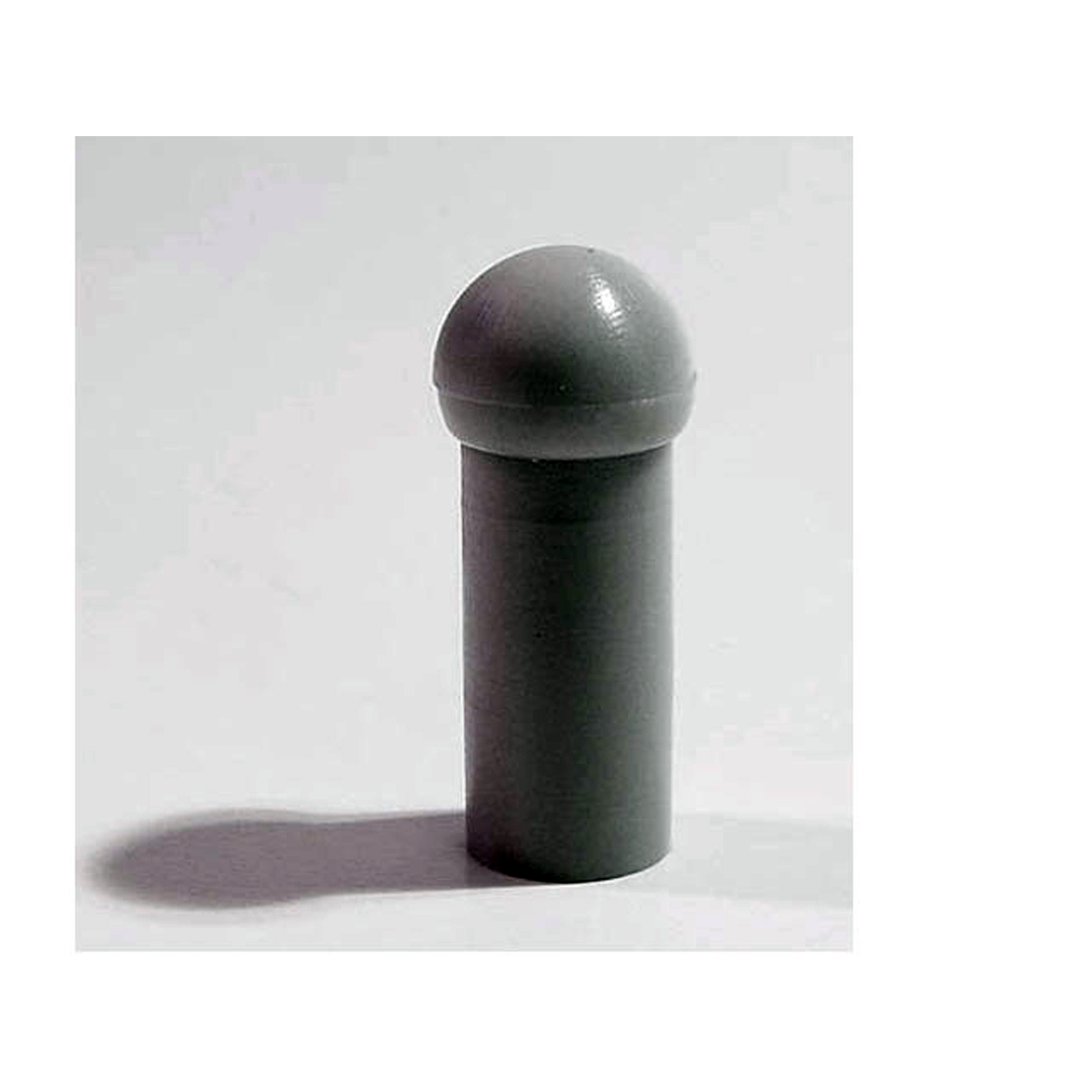 1970 Chevrolet Nova Sun Visor Rod Rubber Grommet. 3/4" long. Gray. Each-RP 303-CSun Visor Rod Rubber Grommet. 3/4" long. Gray. Each
1970 Chevrolet Nova Sun Visor Rod Rubber Grommet. 3/4" long. Gray. Each-RP 303-CSun Visor Rod Rubber Grommet. 3/4" long. Gray. Each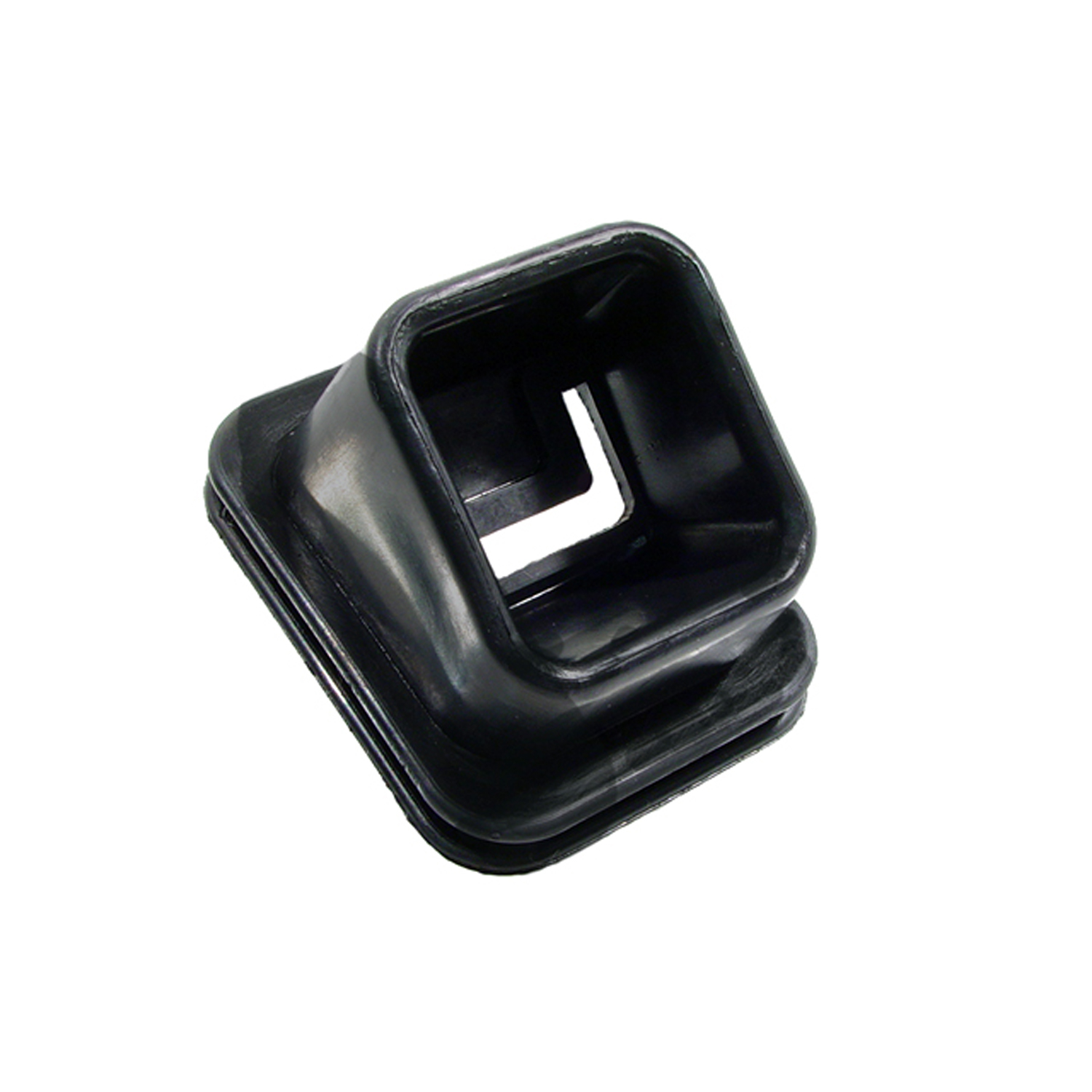 1970 Chevrolet Nova Clutch Arm Fork Boot. Fits on bell housing to keep dirt out-RP 31-DClutch Arm Fork Boot. Fits on bell housing to keep dirt out. Each
1970 Chevrolet Nova Clutch Arm Fork Boot. Fits on bell housing to keep dirt out-RP 31-DClutch Arm Fork Boot. Fits on bell housing to keep dirt out. Each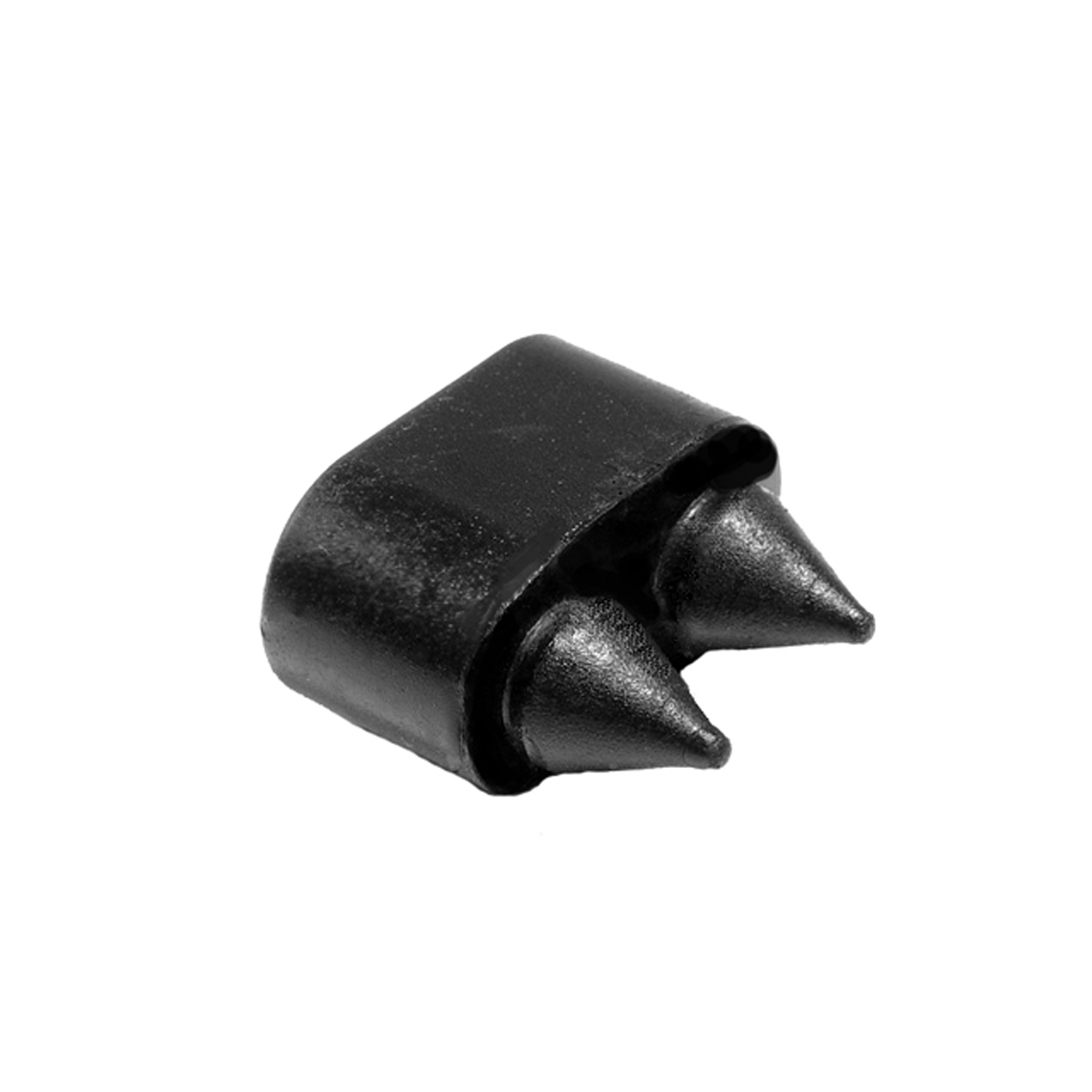 1970 Chevrolet Nova Door Bumper. Made with twin retainers-SB 32Door Bumper. Made with twin retainers. 3/4" high X 1/2" wide X 15/16" long. Each
1970 Chevrolet Nova Door Bumper. Made with twin retainers-SB 32Door Bumper. Made with twin retainers. 3/4" high X 1/2" wide X 15/16" long. Each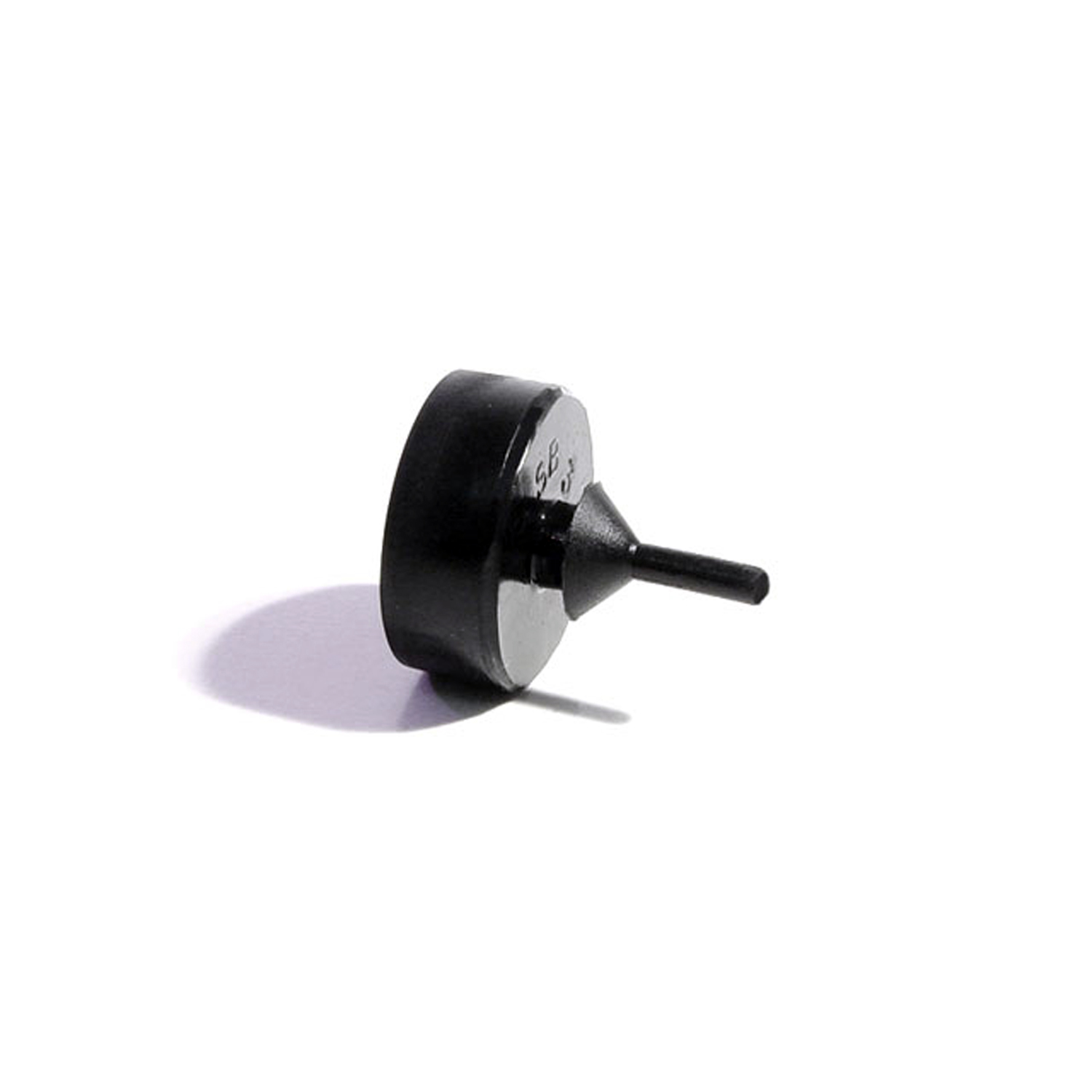 1970 Chevrolet Nova Trunk Bumper. Fits lower corner on decklid. 15/16" O.D-SB 34Trunk Bumper. Fits lower corner on decklid. 15/16" O.D., 11/16" high. Each
1970 Chevrolet Nova Trunk Bumper. Fits lower corner on decklid. 15/16" O.D-SB 34Trunk Bumper. Fits lower corner on decklid. 15/16" O.D., 11/16" high. Each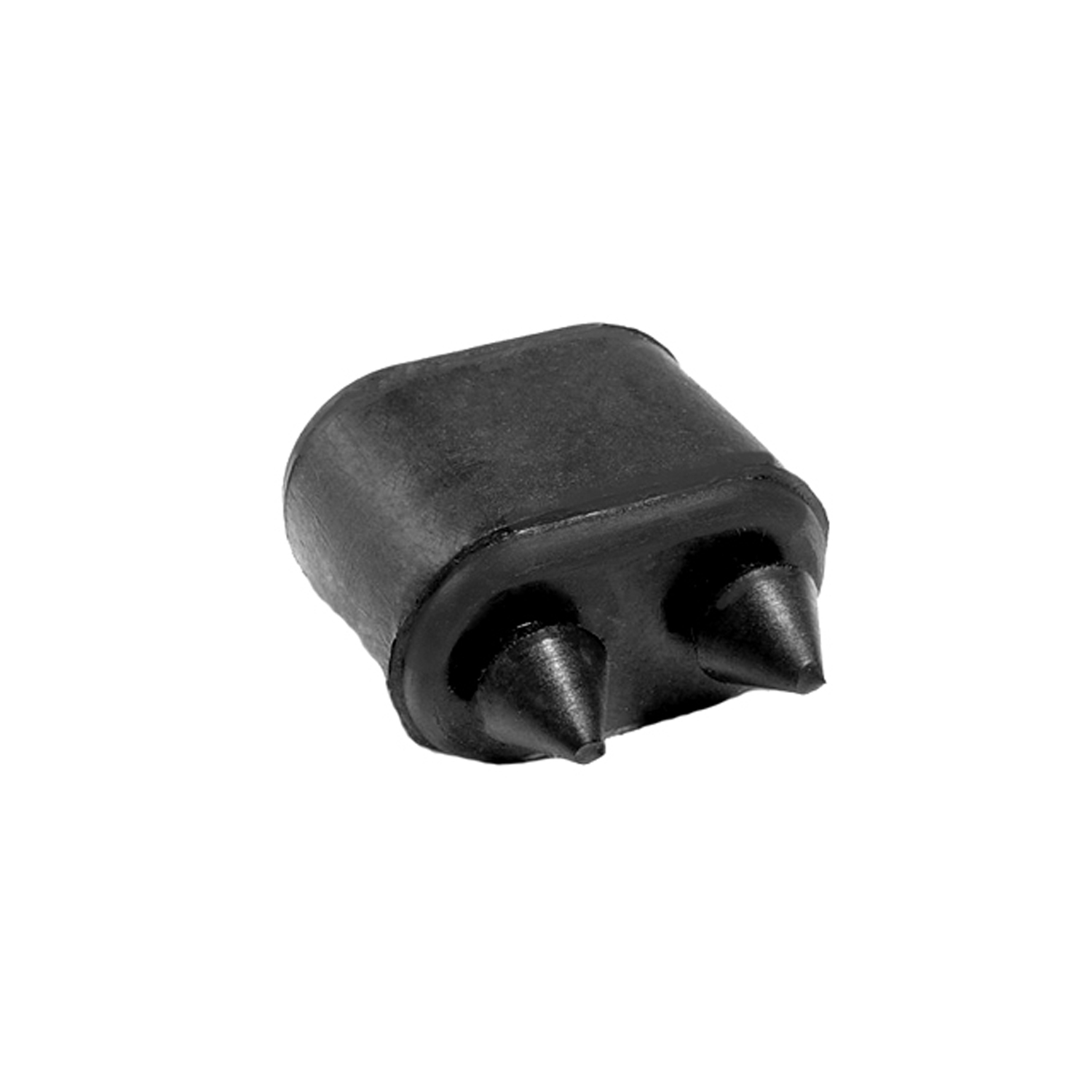 1970 Chevrolet Nova Door Bumper, 57-74 GM Cars, Made with Twin Retainers, Each-SB 35Door Bumper, 57-74 GM Cars, made with twin retainers, Each. Measure 1-1/16" high X 19/32" wide X 1-1/32" long.
1970 Chevrolet Nova Door Bumper, 57-74 GM Cars, Made with Twin Retainers, Each-SB 35Door Bumper, 57-74 GM Cars, made with twin retainers, Each. Measure 1-1/16" high X 19/32" wide X 1-1/32" long.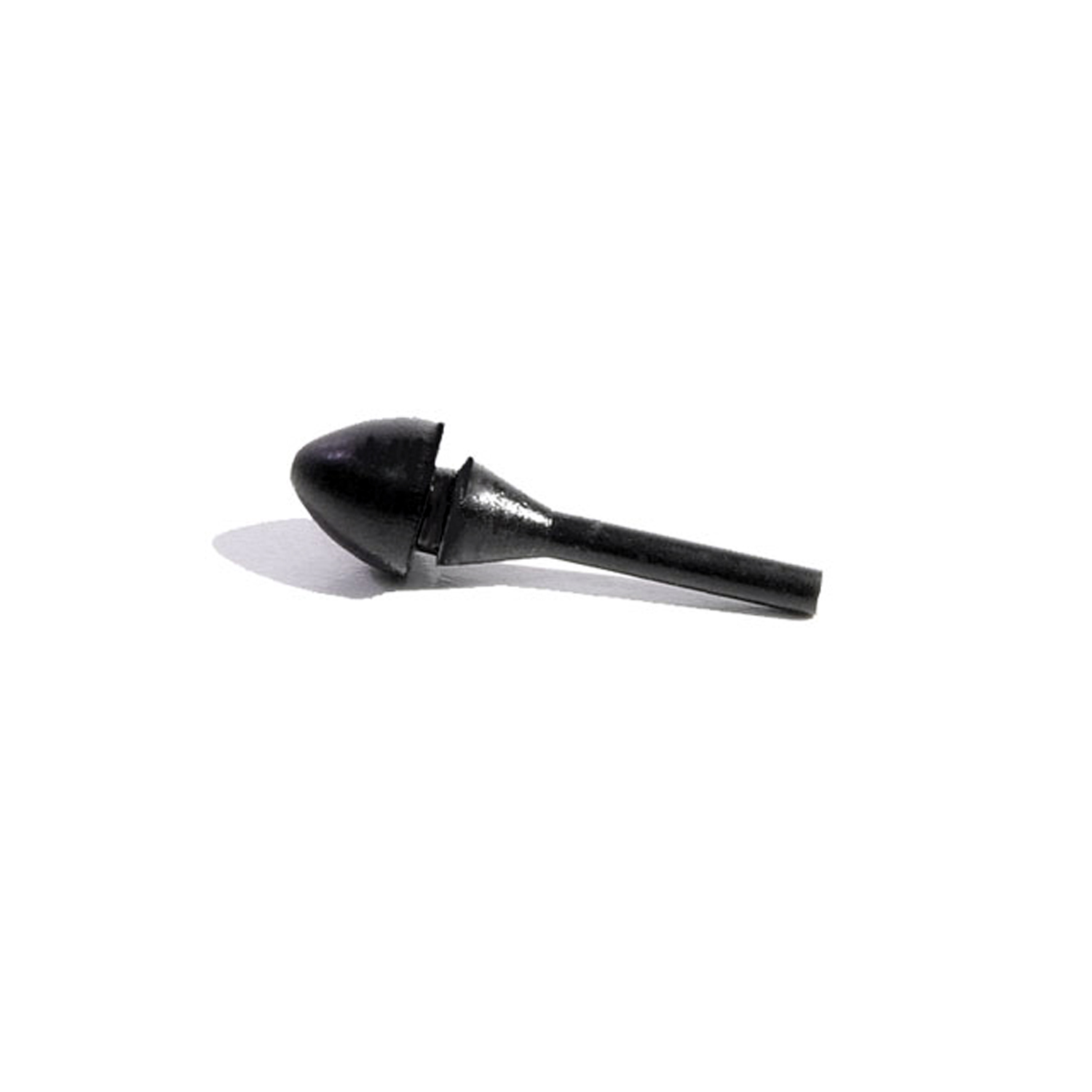 1970 Chevrolet Nova Interior Bumper. For glove box, ash tray or fuel door-SB 36Interior Bumper. For glove box, ash tray or fuel door. Fits 3/16" hole. Each
1970 Chevrolet Nova Interior Bumper. For glove box, ash tray or fuel door-SB 36Interior Bumper. For glove box, ash tray or fuel door. Fits 3/16" hole. Each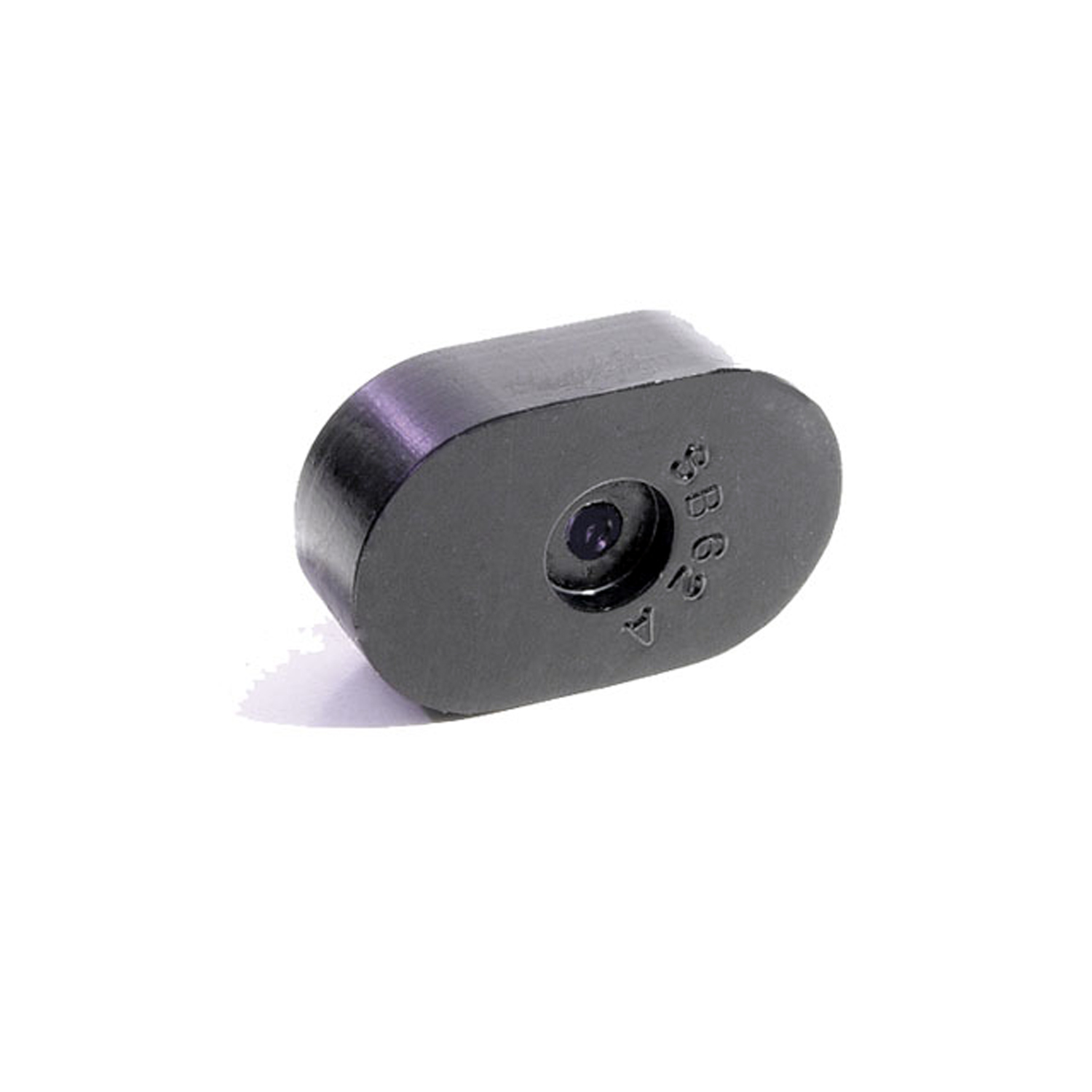 1970 Chevrolet Nova Seat Bumper. Made with steel core like original-SB 62-ASeat Bumper. Made with steel core like original. 1-1/2" long, 7/16" thick. Two used per car. Each
1970 Chevrolet Nova Seat Bumper. Made with steel core like original-SB 62-ASeat Bumper. Made with steel core like original. 1-1/2" long, 7/16" thick. Two used per car. Each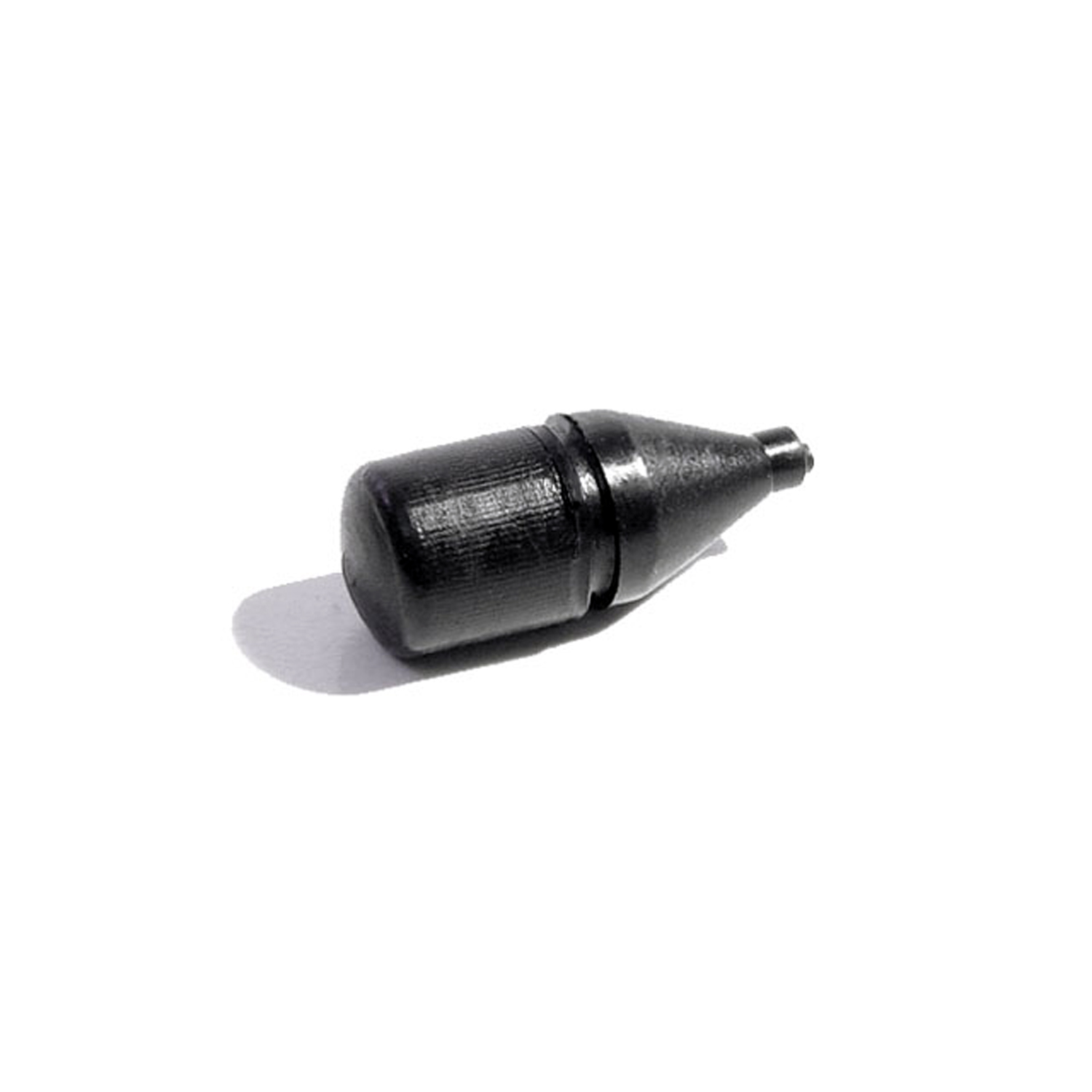 1970 Chevrolet Nova Fuel Door Bumper. 7/8" high, 5/16" O.D. Each-SB 81Fuel Door Bumper. 7/8" high, 5/16" O.D. Each
1970 Chevrolet Nova Fuel Door Bumper. 7/8" high, 5/16" O.D. Each-SB 81Fuel Door Bumper. 7/8" high, 5/16" O.D. Each 1970 Chevrolet Nova Snap-In-Bumper Kit-SBK 211Snap-In-Bumper Kit. 15-Piece Set Includes: (2)HA 5, (4)HF 4, (2)SB 32, (2)SB 34, (2)SB 35, (2)SB 36, (1)SB 81
1970 Chevrolet Nova Snap-In-Bumper Kit-SBK 211Snap-In-Bumper Kit. 15-Piece Set Includes: (2)HA 5, (4)HF 4, (2)SB 32, (2)SB 34, (2)SB 35, (2)SB 36, (1)SB 81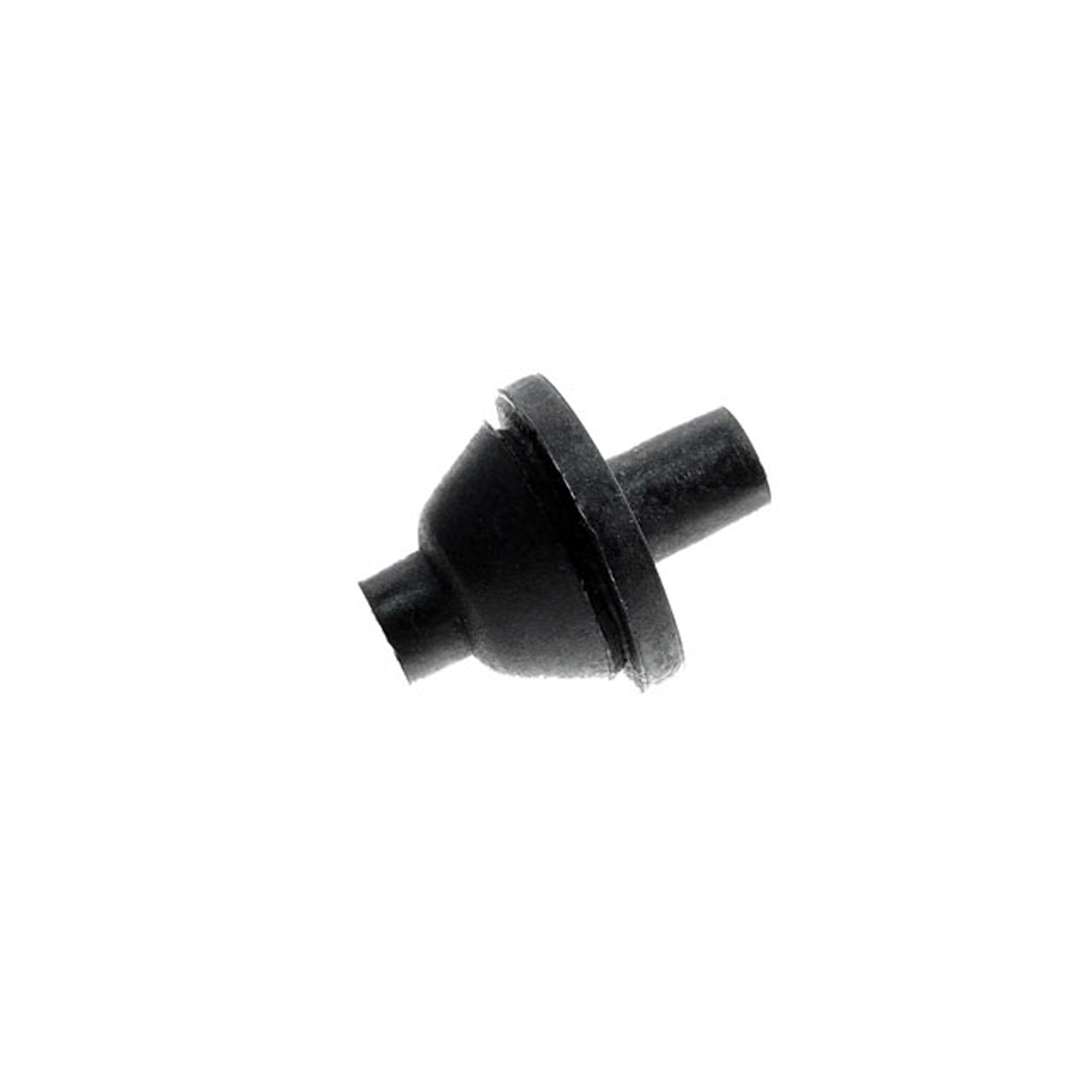 1970 Chevrolet Nova Dash and Firewall Grommet. Single-hole type is for one wire-SM 101Dash and Firewall Grommet. Single-hole type is for one wire. Each
1970 Chevrolet Nova Dash and Firewall Grommet. Single-hole type is for one wire-SM 101Dash and Firewall Grommet. Single-hole type is for one wire. Each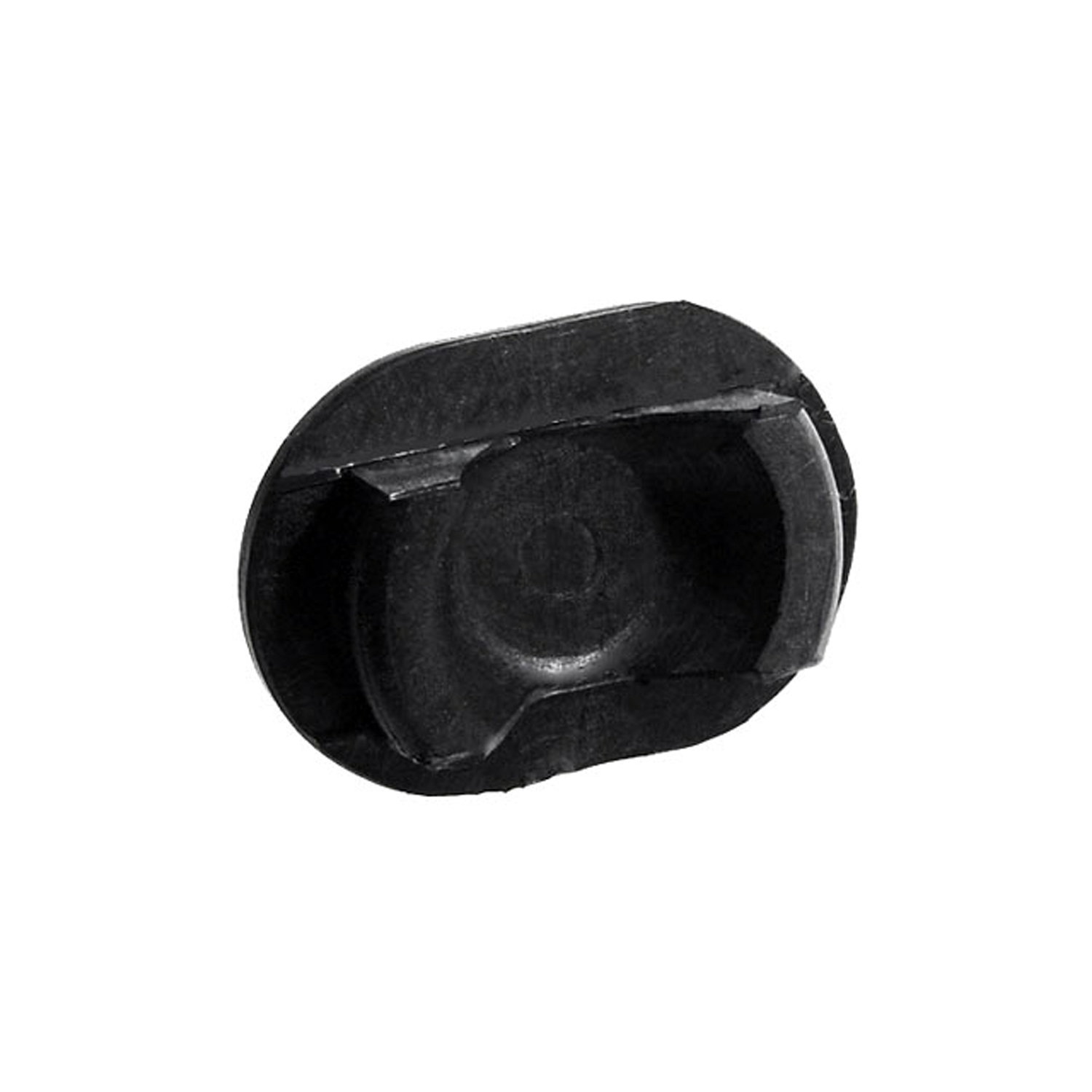 1970 Chevrolet Nova Timing Hole Plug. For 6-cylinder engines. 1-3/4" X 1-1/4"-SM 59Timing Hole Plug. For 6-cylinder engines. 1-3/4" X 1-1/4". Each
1970 Chevrolet Nova Timing Hole Plug. For 6-cylinder engines. 1-3/4" X 1-1/4"-SM 59Timing Hole Plug. For 6-cylinder engines. 1-3/4" X 1-1/4". Each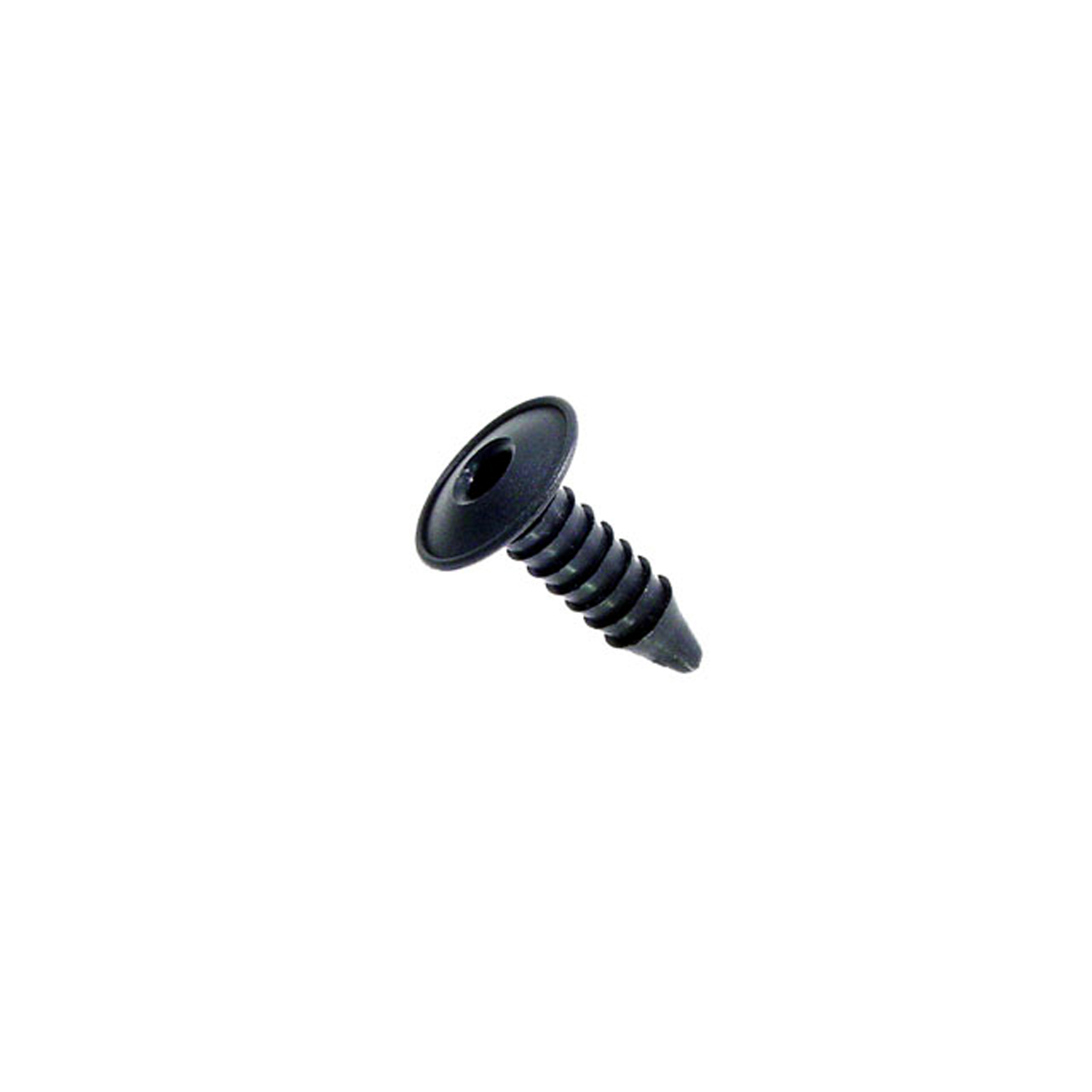 1970 Chevrolet Nova Firewall insulation fastener. 1 in. dia. W head. 1-1/2 in. L-SM 80-AFirewall insulation fastener. 1 in. dia. W head. 1-1/2 in. L. Replaces OEM#'s (GM) 7642589 and (AMC) 4001934. Black. Each.
1970 Chevrolet Nova Firewall insulation fastener. 1 in. dia. W head. 1-1/2 in. L-SM 80-AFirewall insulation fastener. 1 in. dia. W head. 1-1/2 in. L. Replaces OEM#'s (GM) 7642589 and (AMC) 4001934. Black. Each.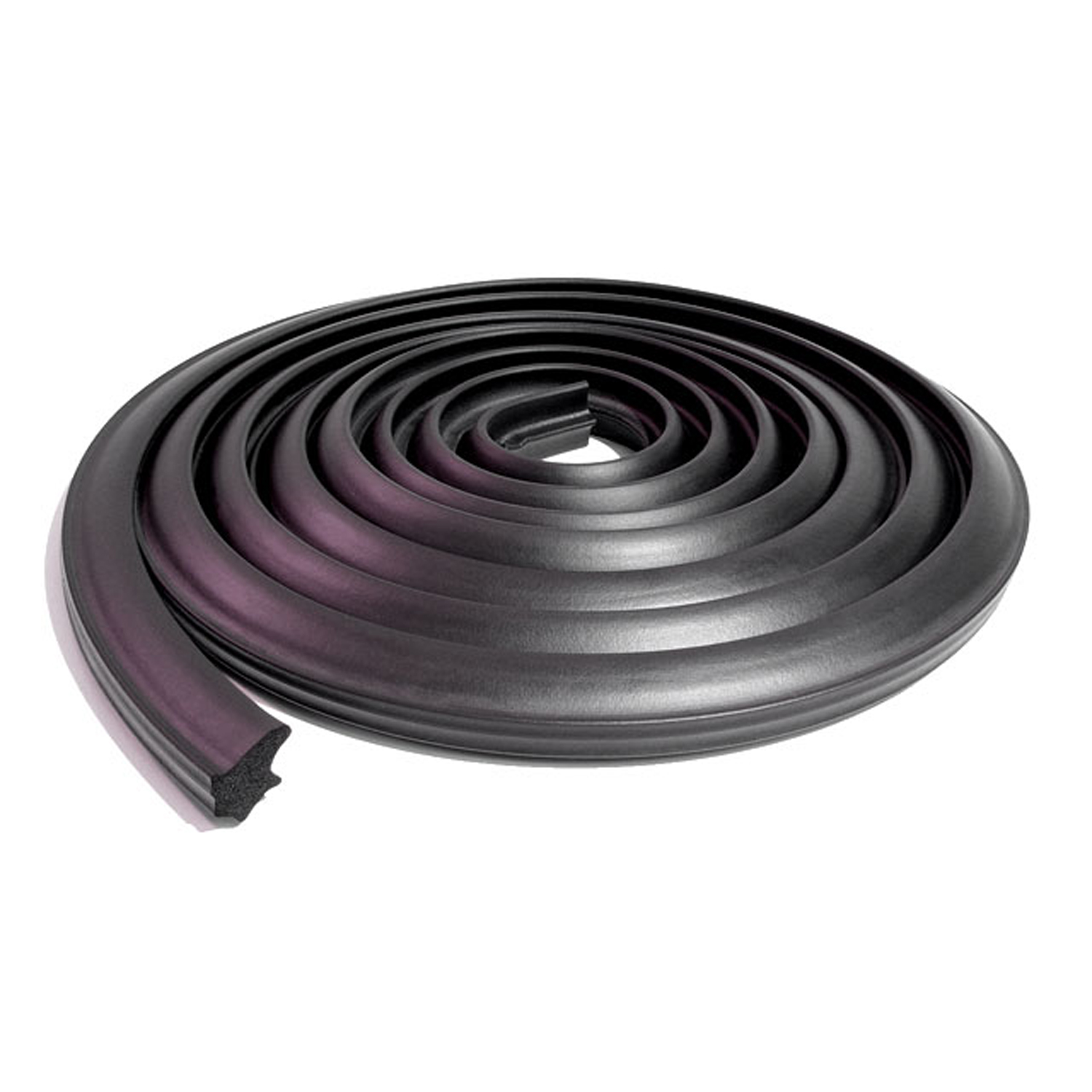 1970 Chevrolet Nova Trunk Seal. 16 feet long. Each-TK 46-16Trunk Seal. 16 feet long. Each
1970 Chevrolet Nova Trunk Seal. 16 feet long. Each-TK 46-16Trunk Seal. 16 feet long. Each 1970 Chevrolet Nova Trunk Mat-TM 2019-BTrunk Mat. High quality reproduction, made specific for vehicle. Green and gray. Made of fiber like original. Each
1970 Chevrolet Nova Trunk Mat-TM 2019-BTrunk Mat. High quality reproduction, made specific for vehicle. Green and gray. Made of fiber like original. Each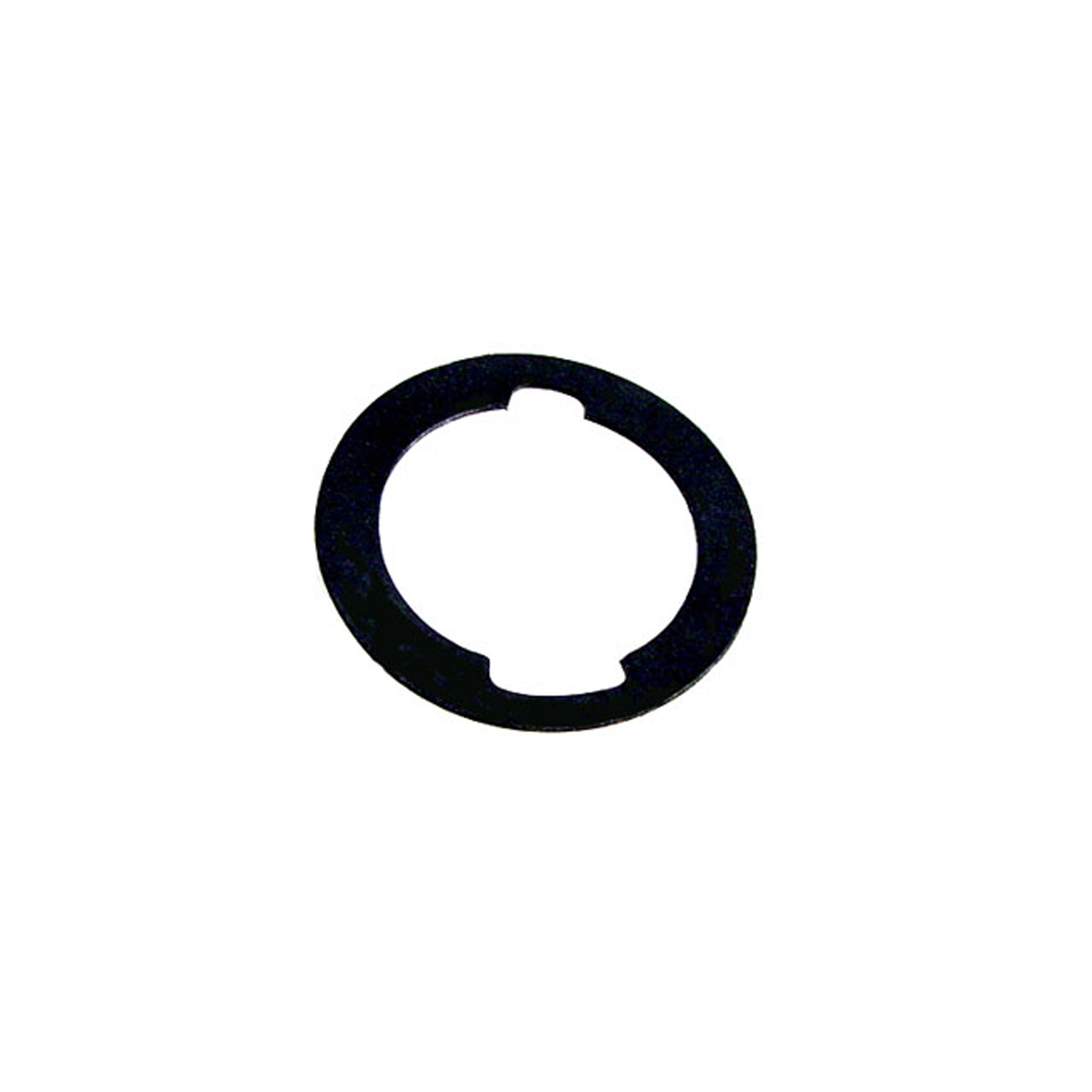 1970 Chevrolet Nova Unbeaded Door and Trunk Lock Gasket. 1-3/16" O.D., 7/8" I.D-UM 1600-100Unbeaded Door and Trunk Lock Gasket. 1-3/16" O.D., 7/8" I.D. Each
1970 Chevrolet Nova Unbeaded Door and Trunk Lock Gasket. 1-3/16" O.D., 7/8" I.D-UM 1600-100Unbeaded Door and Trunk Lock Gasket. 1-3/16" O.D., 7/8" I.D. Each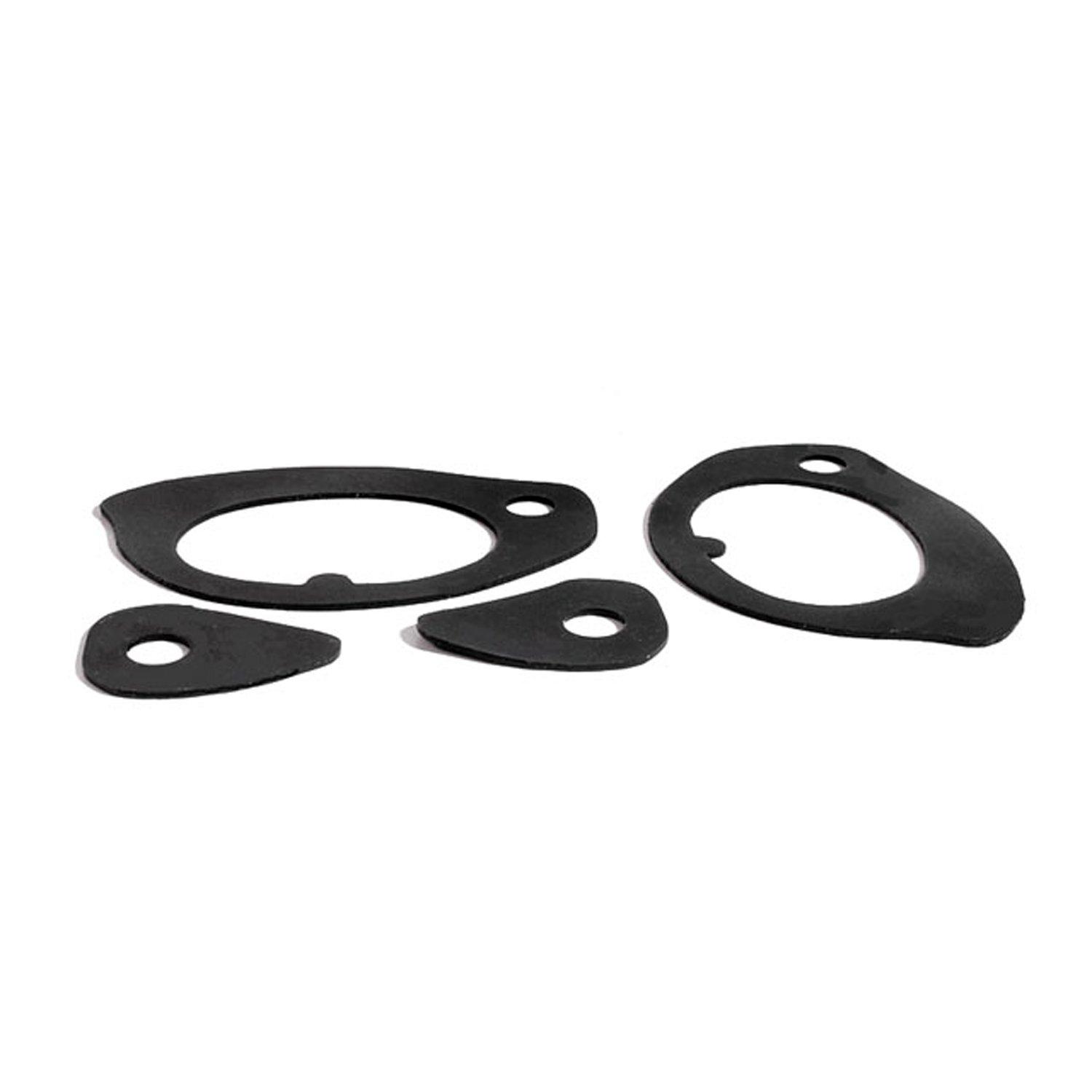 1970 Chevrolet Nova Unbeaded Door Handle Mounting Pads. 4-Piece Set-UM 2005-100Unbeaded Door Handle Mounting Pads. 4-Piece Set
1970 Chevrolet Nova Unbeaded Door Handle Mounting Pads. 4-Piece Set-UM 2005-100Unbeaded Door Handle Mounting Pads. 4-Piece Set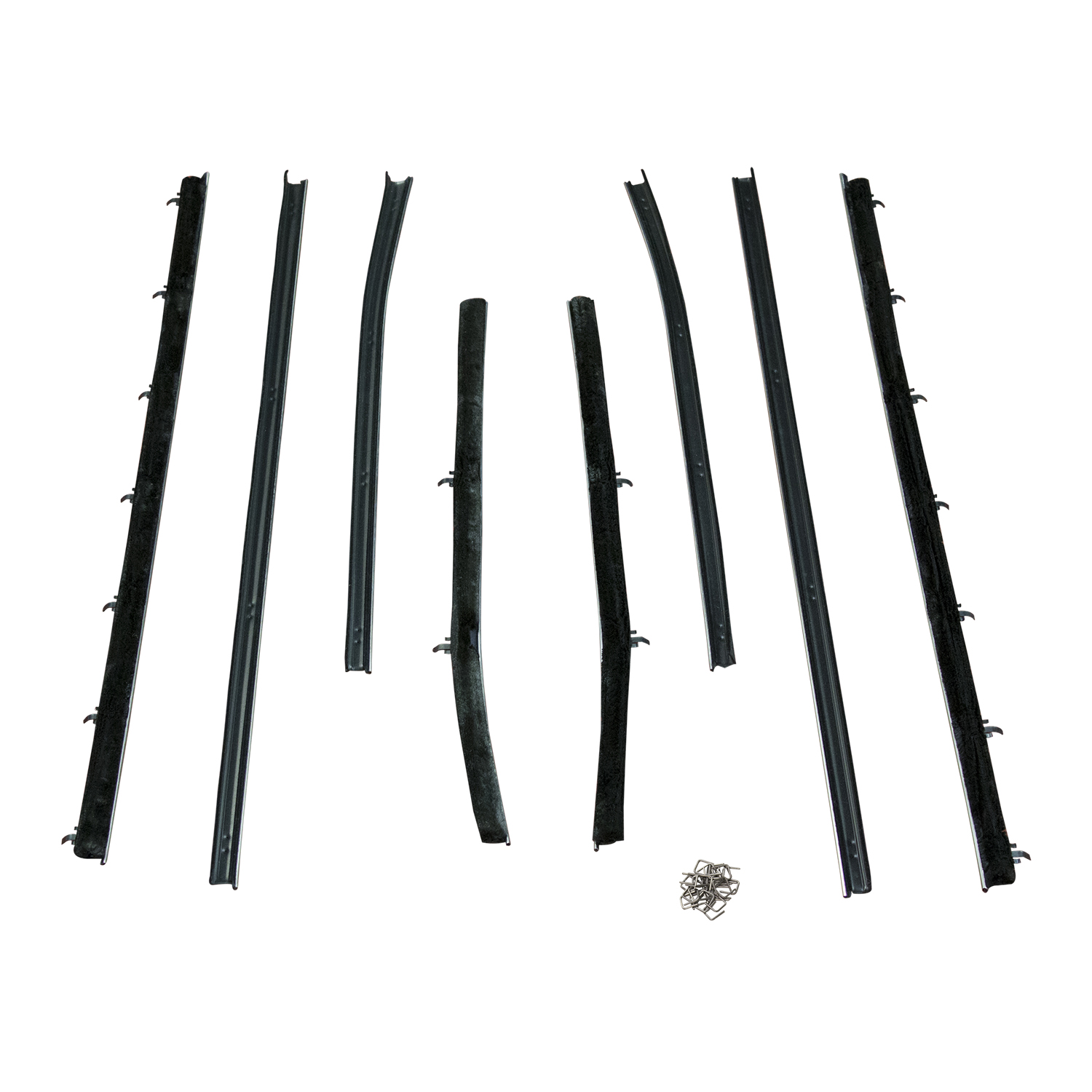 1970 Chevrolet Nova Window Sweepers, '68-'69 Chevy II, '70-'72 Nova, '73-'75 Apollo 2 Door Sedans-WC 3003-18Window Sweeper Set for'68-'69 Chevy II, '70-'72 Nova, '73-'75 Apollo, 2 Door Sedans. 8-piece set includes: two front inner, two front outer, two rear inner, and two rear outer chrome beaded fuzzy sweepers. R&L.
1970 Chevrolet Nova Window Sweepers, '68-'69 Chevy II, '70-'72 Nova, '73-'75 Apollo 2 Door Sedans-WC 3003-18Window Sweeper Set for'68-'69 Chevy II, '70-'72 Nova, '73-'75 Apollo, 2 Door Sedans. 8-piece set includes: two front inner, two front outer, two rear inner, and two rear outer chrome beaded fuzzy sweepers. R&L. 1970 Chevrolet Nova Upper door glass frame rubber channels. Sedans only-WC 3003-20Upper door glass frame rubber channels. Sedans only. 2-piece set.
1970 Chevrolet Nova Upper door glass frame rubber channels. Sedans only-WC 3003-20Upper door glass frame rubber channels. Sedans only. 2-piece set. 1970 Chevrolet Nova Window Sweeper Kit, 68 Chevy Chevy II, 69-70 Chevy Nova 4 Door Sedan, 8 Pieces-WC 3003-22Window Sweeper Kit, 68 Chevy Chevy II, 69-70 Chevy Nova 4 Door Sedan, 8 Pieces. Kit includes front window left and right inner and outer sweeps, rear window left and right inner and outer sweeps.
1970 Chevrolet Nova Window Sweeper Kit, 68 Chevy Chevy II, 69-70 Chevy Nova 4 Door Sedan, 8 Pieces-WC 3003-22Window Sweeper Kit, 68 Chevy Chevy II, 69-70 Chevy Nova 4 Door Sedan, 8 Pieces. Kit includes front window left and right inner and outer sweeps, rear window left and right inner and outer sweeps.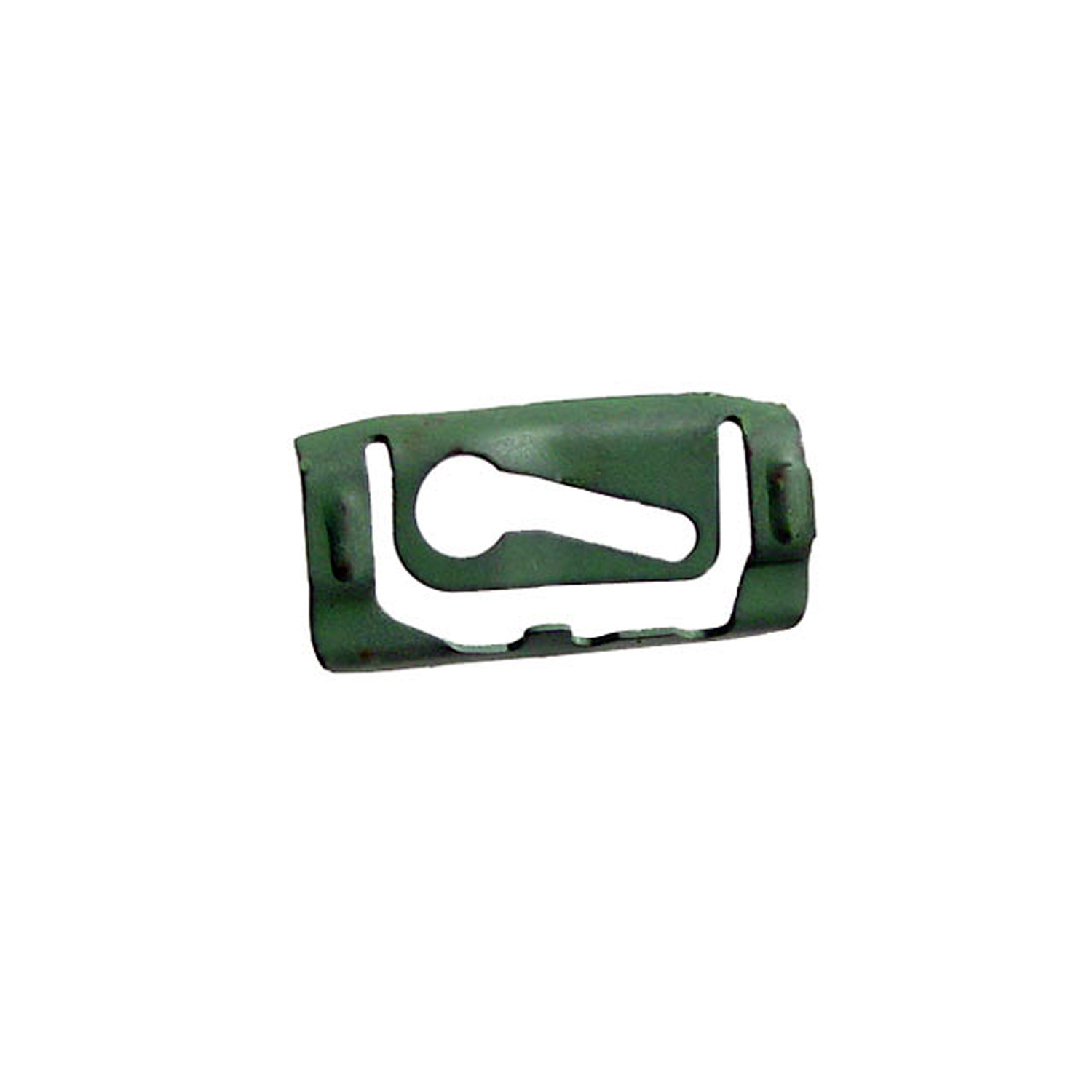 1970 Chevrolet Nova Quarter Window Reveal Molding Clip. Made of Steel-WF 205Quarter Window Reveal Molding Clip. Made of Steel. 1-3/8" X 11/16". Each
1970 Chevrolet Nova Quarter Window Reveal Molding Clip. Made of Steel-WF 205Quarter Window Reveal Molding Clip. Made of Steel. 1-3/8" X 11/16". Each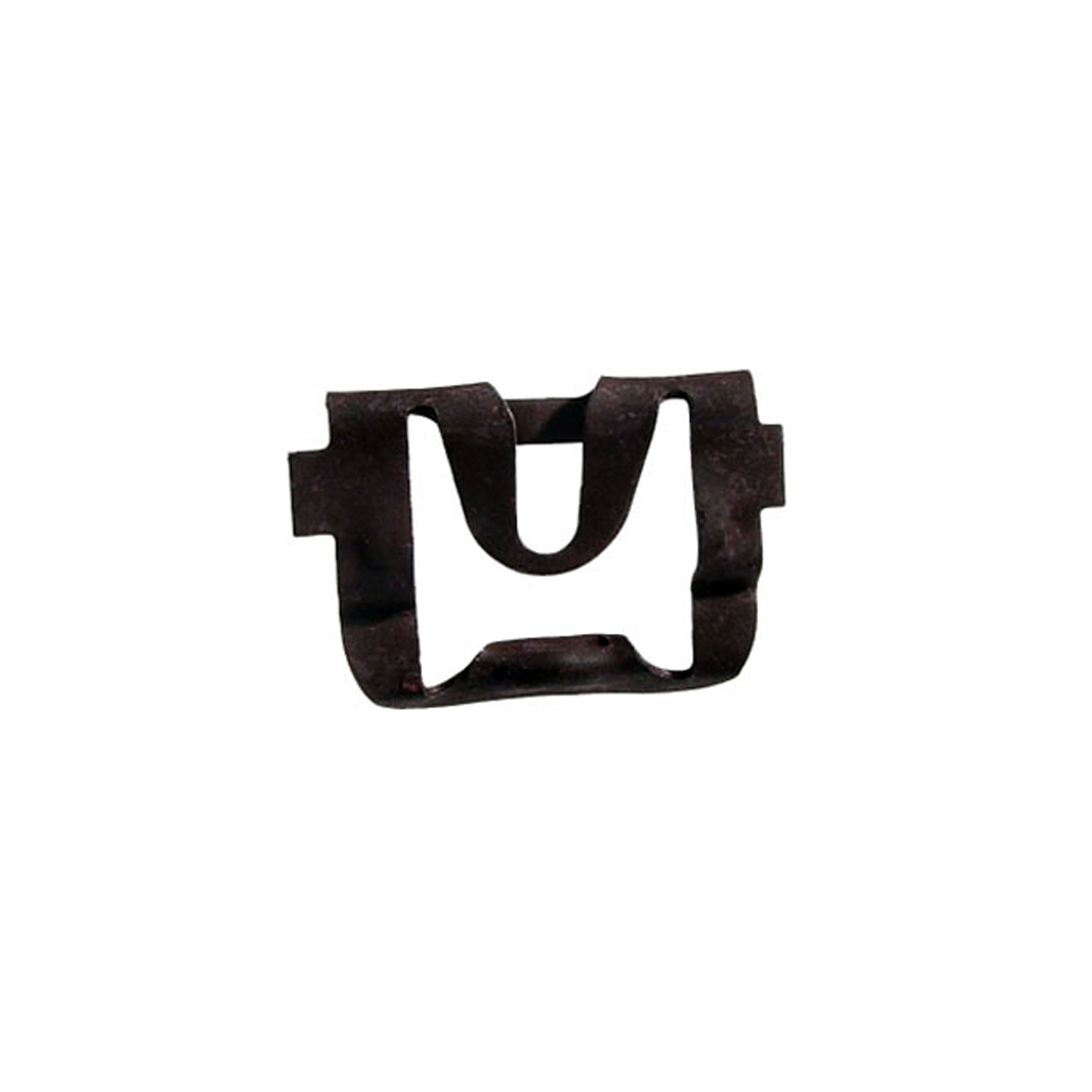 1970 Chevrolet Nova Rear Windshield Reveal Molding Clip. Made of steel-WF 211Rear Windshield Reveal Molding Clip. Made of steel. 15/16" X 3/4". Each
1970 Chevrolet Nova Rear Windshield Reveal Molding Clip. Made of steel-WF 211Rear Windshield Reveal Molding Clip. Made of steel. 15/16" X 3/4". Each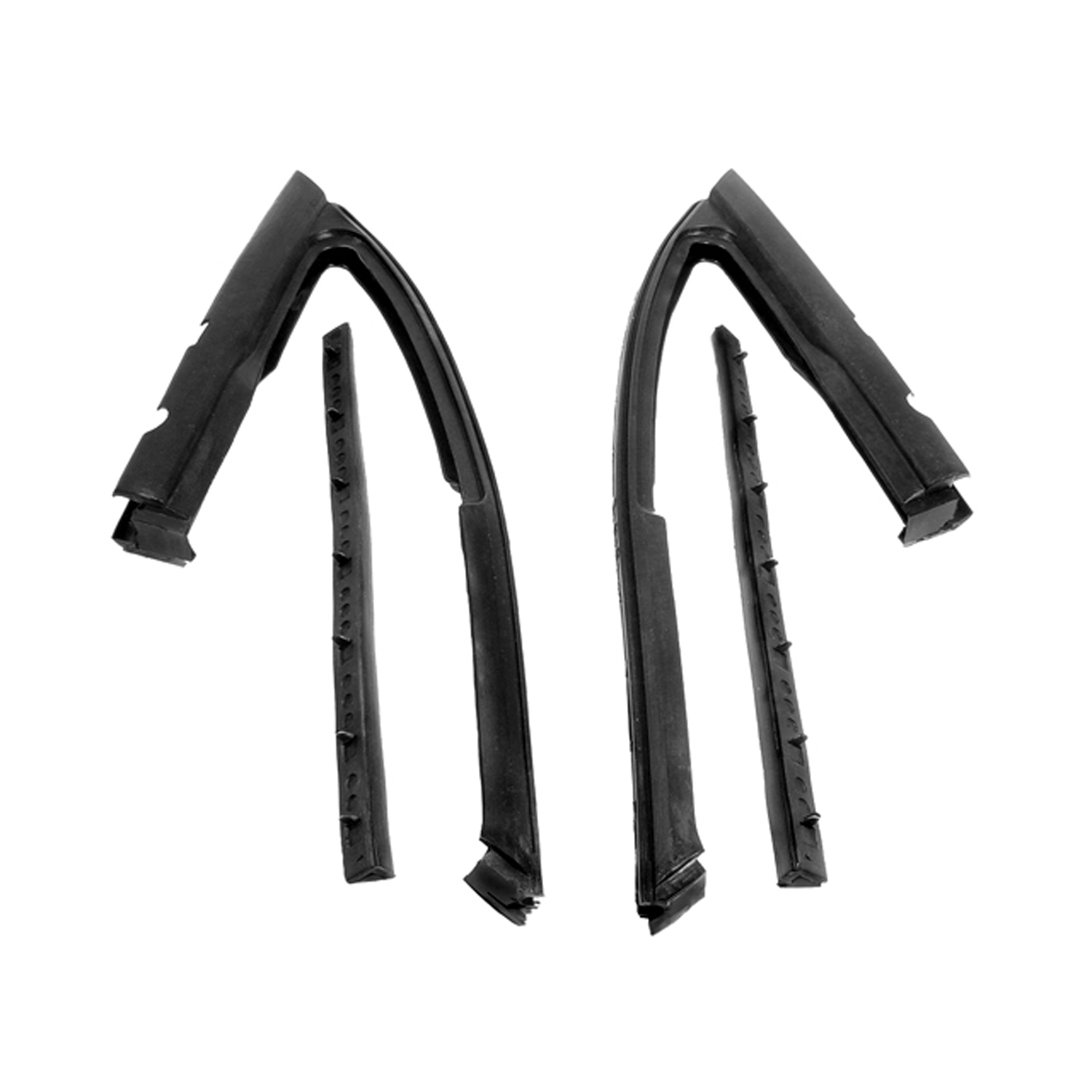 1970 Chevrolet Nova Vent window seals. Fits '68-'72 GM X-body 2-door sedans-WR 2022Vent window seals. Fits '68-'72 GM X-body 2-door sedans. Replaces OEM#'s 9713808/09 and 9712380/81. Pair. R&L.
1970 Chevrolet Nova Vent window seals. Fits '68-'72 GM X-body 2-door sedans-WR 2022Vent window seals. Fits '68-'72 GM X-body 2-door sedans. Replaces OEM#'s 9713808/09 and 9712380/81. Pair. R&L.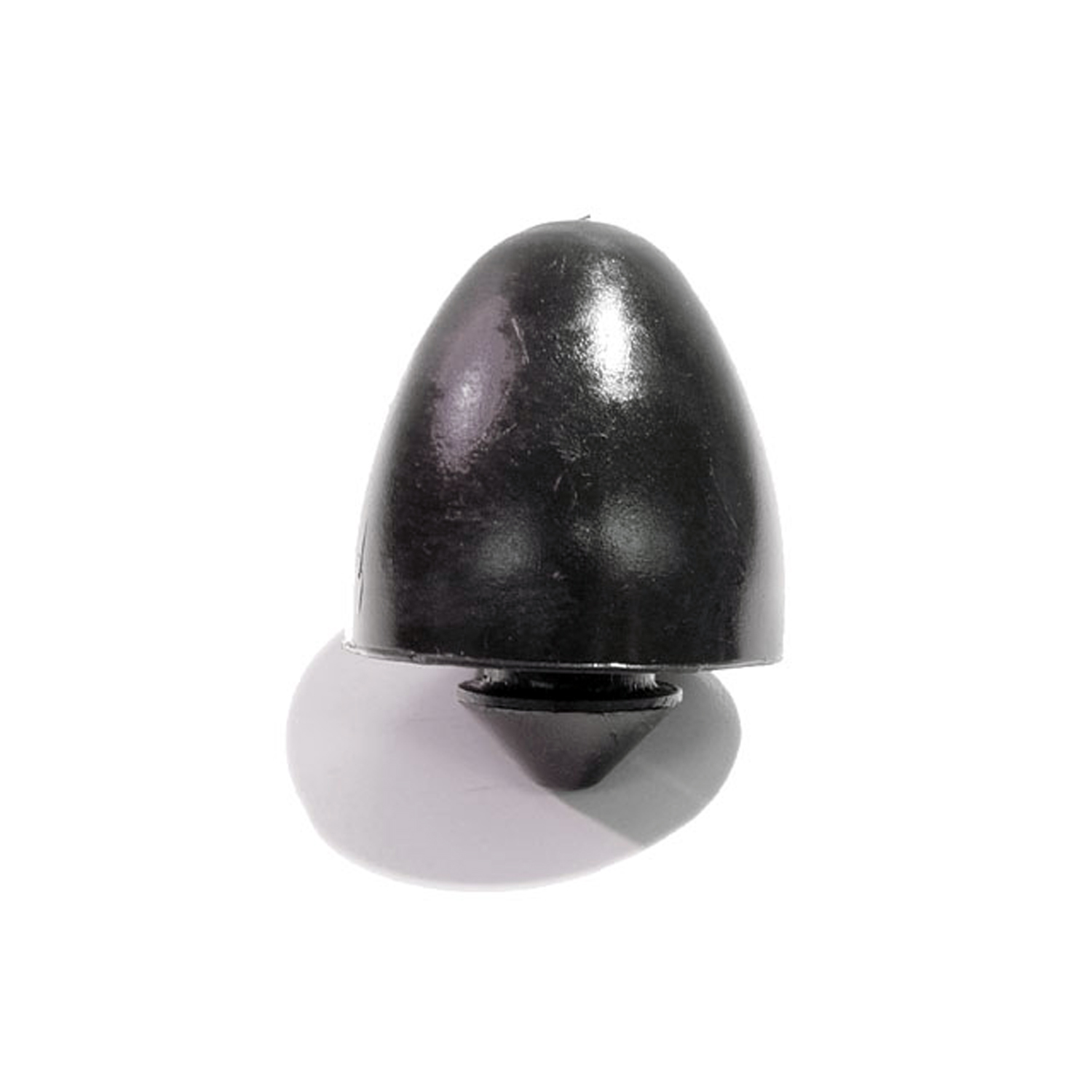 1970 Chevrolet Nova Front Suspension Bumper. For steering knuckle support-XB 20Front Suspension Bumper. For steering knuckle support. 1-3/8" high. Each
1970 Chevrolet Nova Front Suspension Bumper. For steering knuckle support-XB 20Front Suspension Bumper. For steering knuckle support. 1-3/8" high. EachWhy Choose Metro?
For over 100 years, Metro Moulded Parts has been the pinnacle of quality in classic car restoration parts. Our commitment to precision and authenticity in every component ensures a perfect fit and an OEM-level appearance.
- Expert Craftsmanship & Quality: Each part is a testament to our dedication to reliability and perfection, crafted from original designs and thoroughly tested.
- Advanced Technology: We use cutting-edge techniques to create flawless, long-lasting parts that surpass others in performance.
- SuperSoft Sponge – The Ultimate Door Seal: Not only are our door seals 30% softer than competitors', but they're also guaranteed to never leak. They effectively reduce wind and road noise, enhancing your classic car's comfort and driving experience.
- Proudly American: Our parts are a product of American craftsmanship, made in the USA with a spirit of excellence and heritage.
- Unrivaled Warranty: We back our products with a 30-year industry-leading warranty, a testament to our confidence in their quality.
Join us in preserving the legacy of classic cars with parts that are crafted for perfection, not just made.

